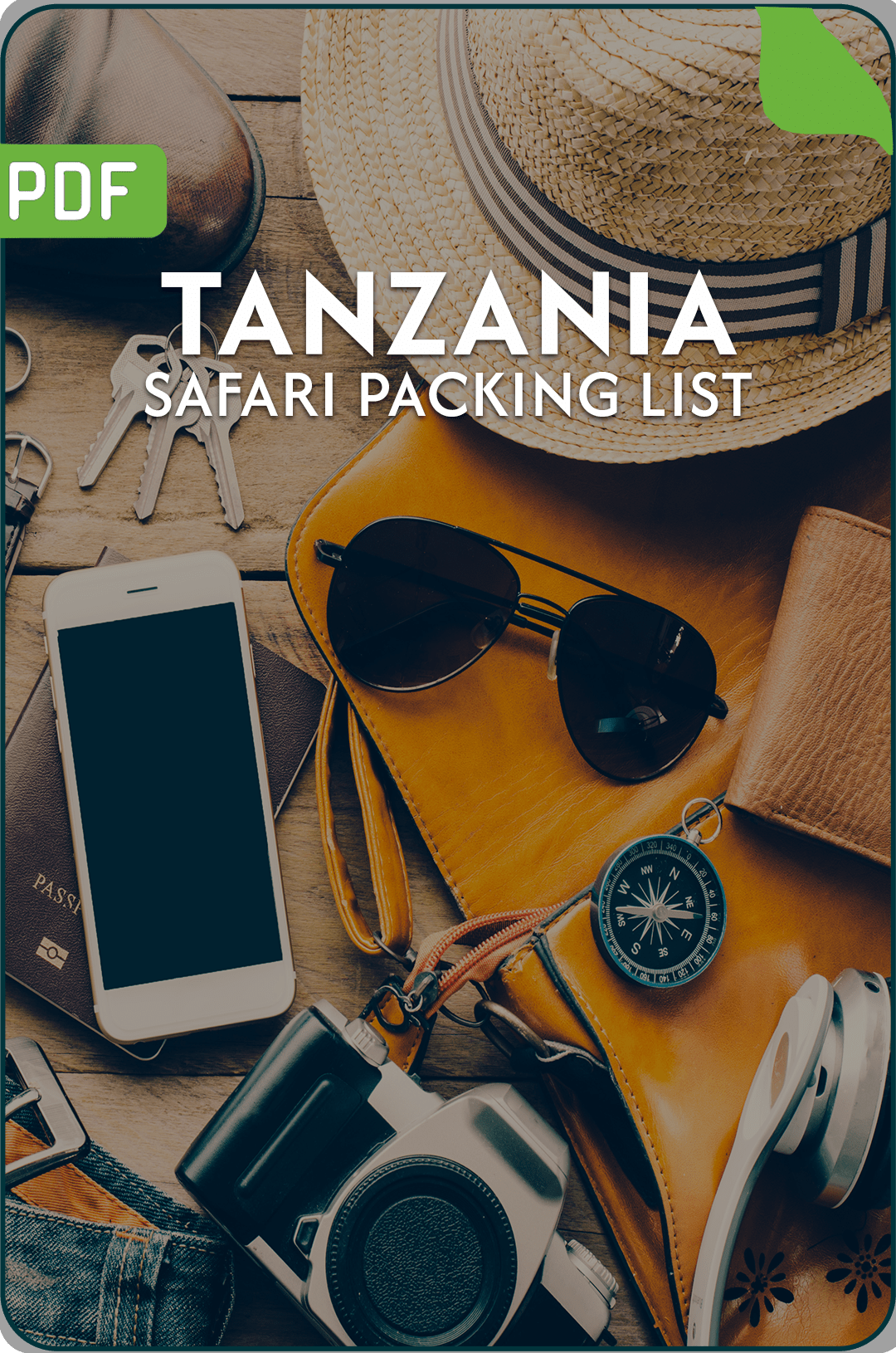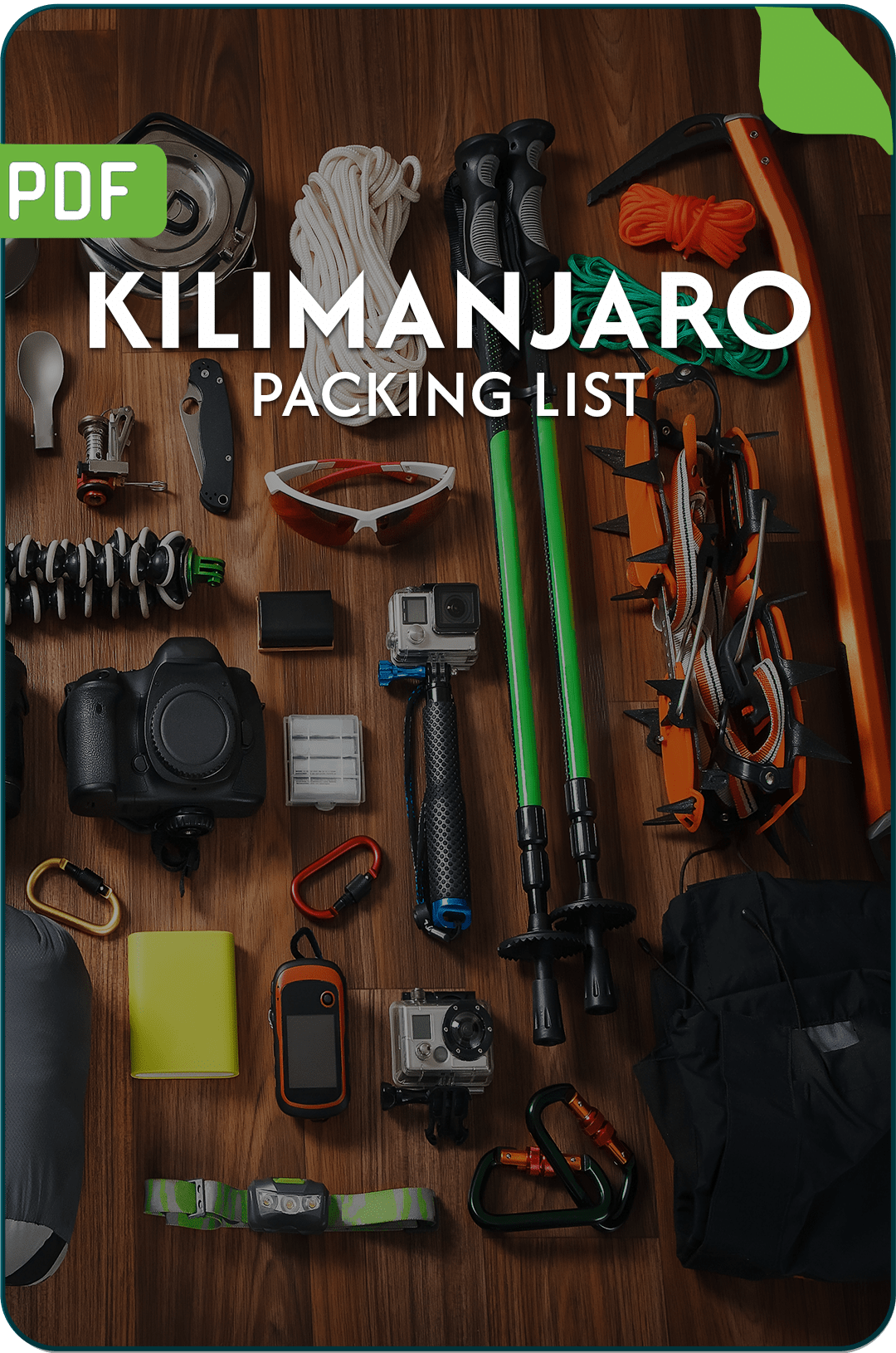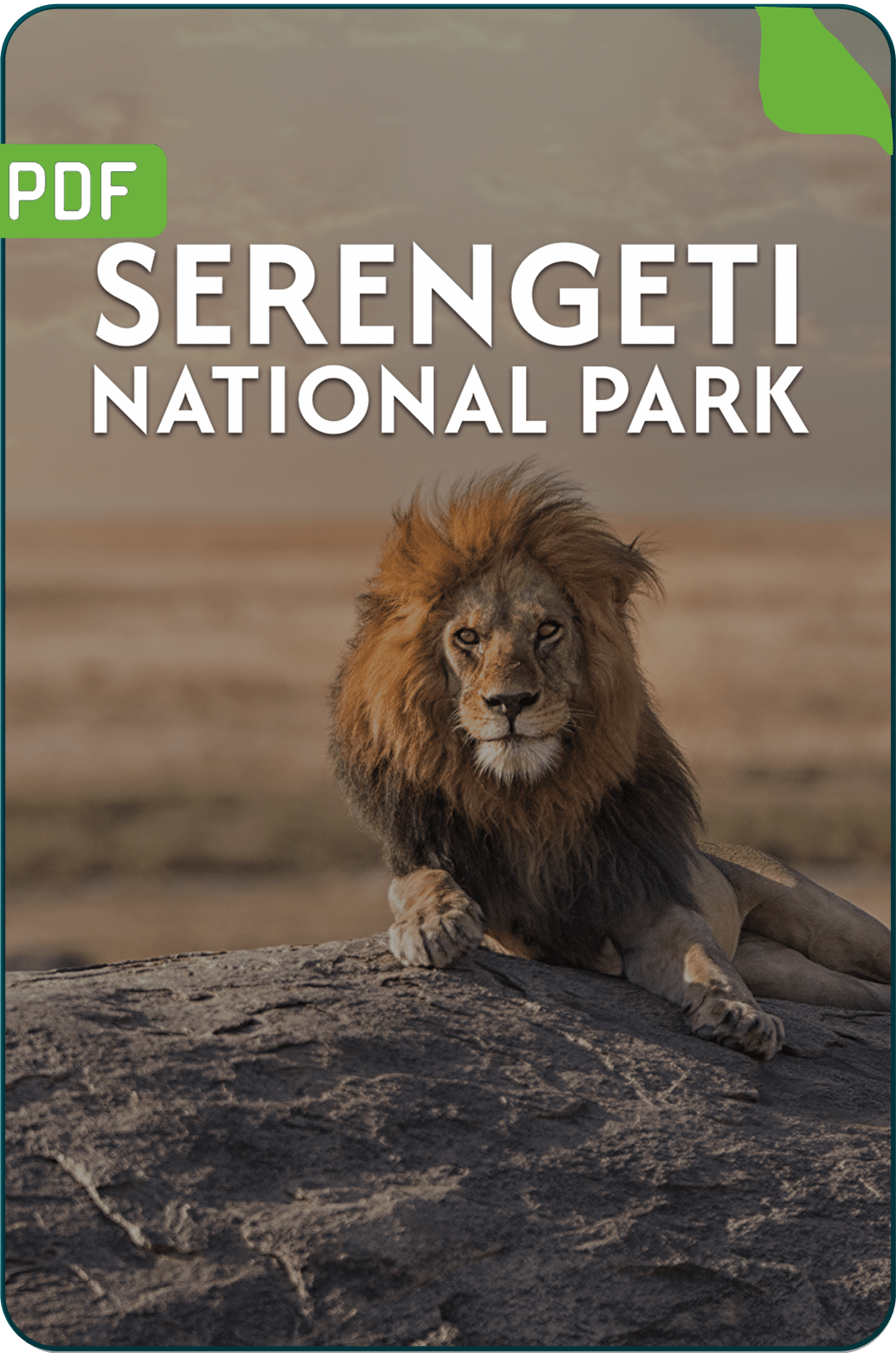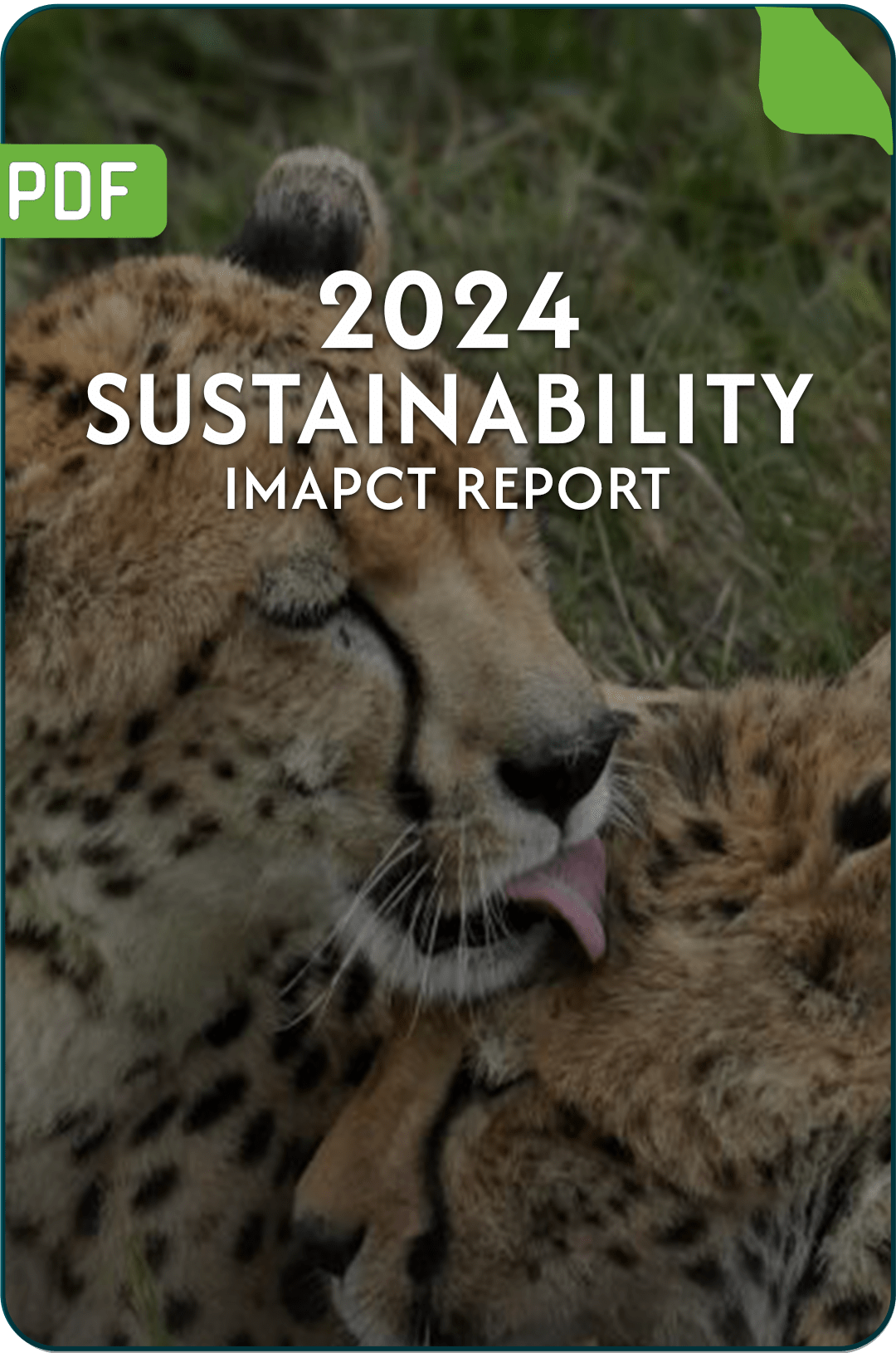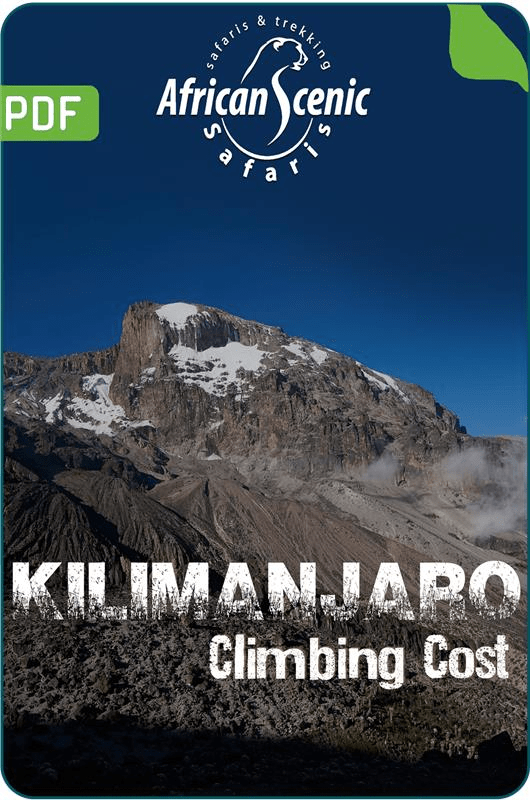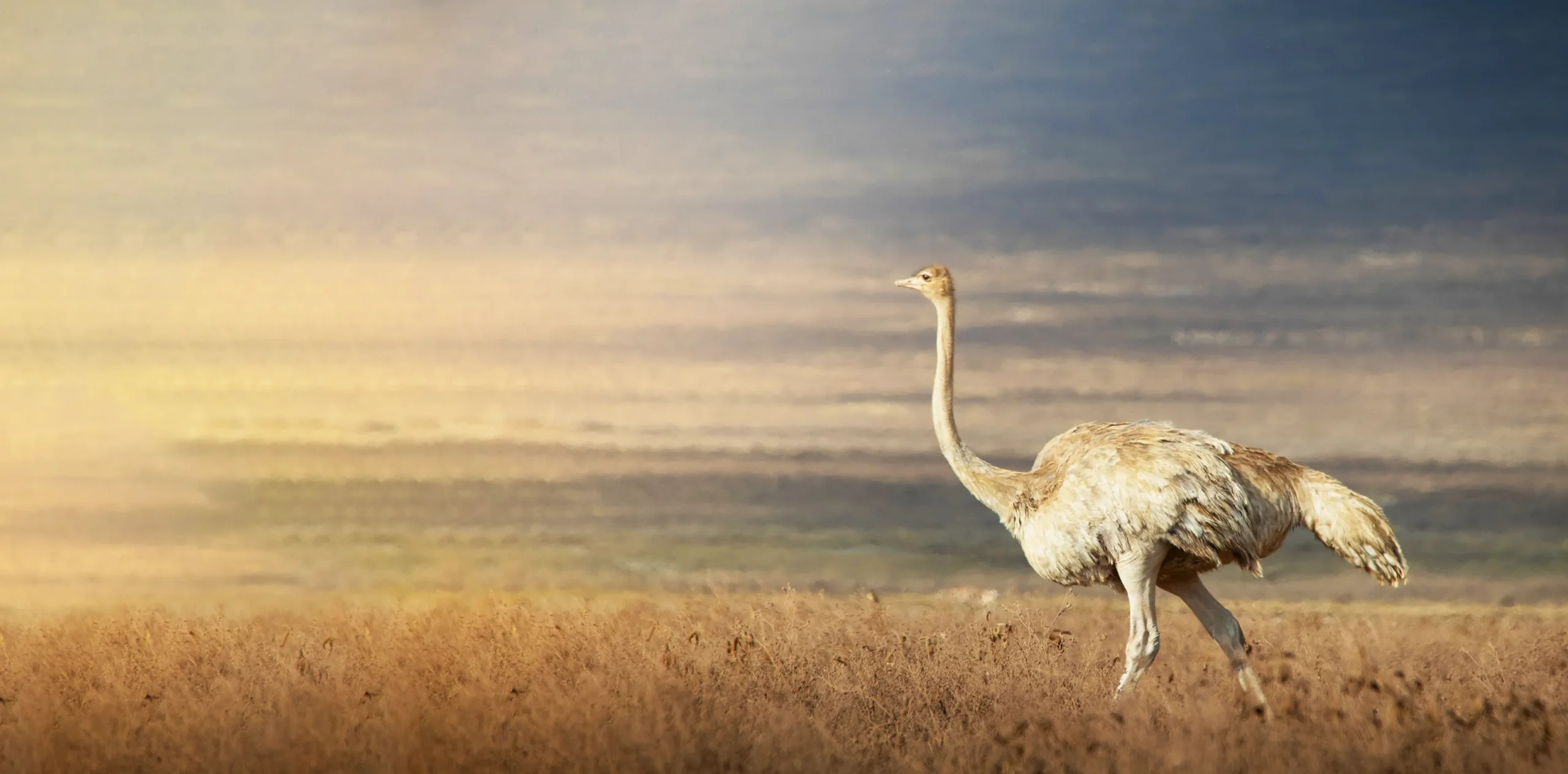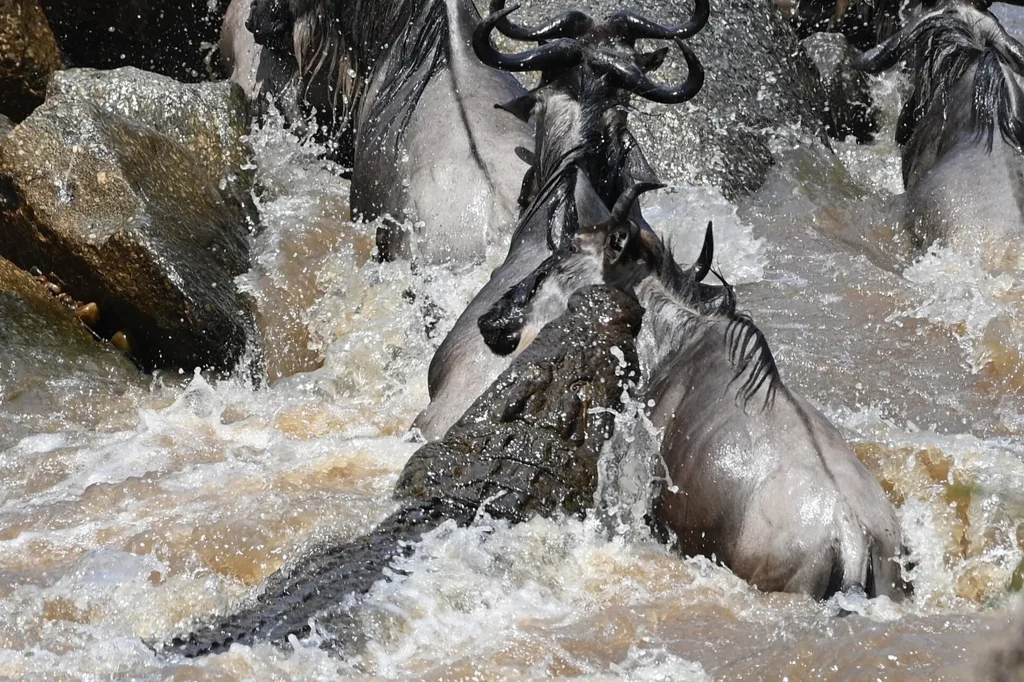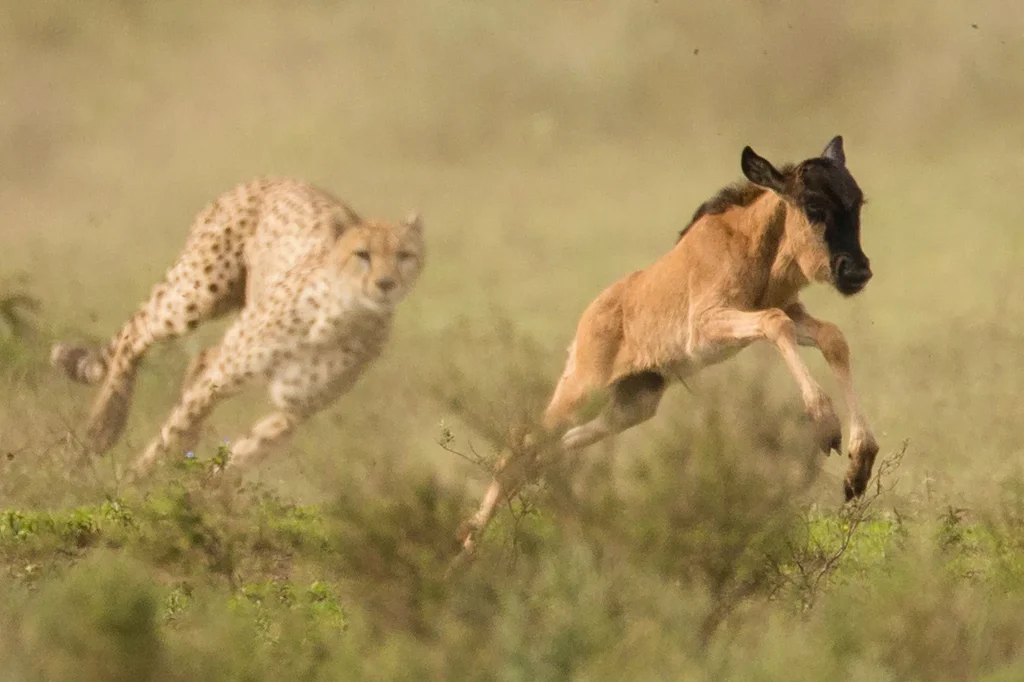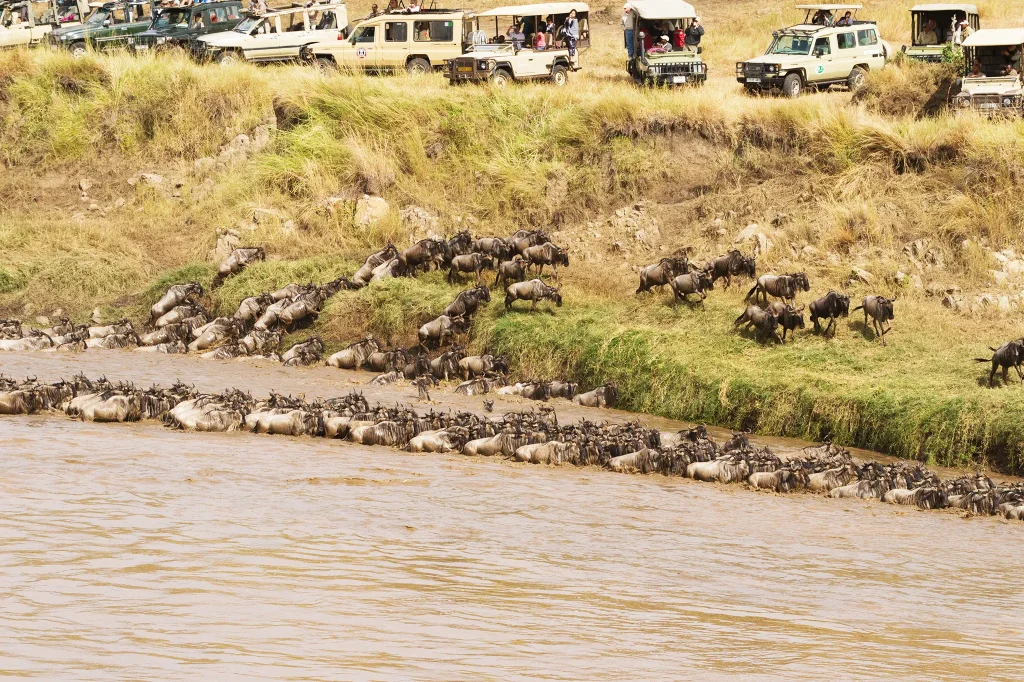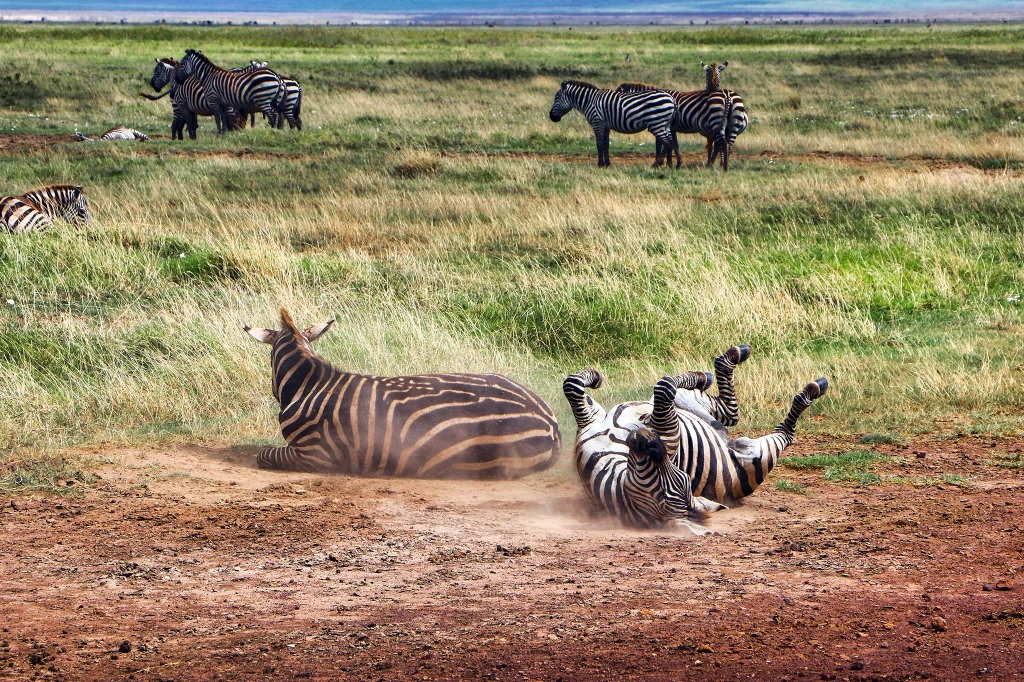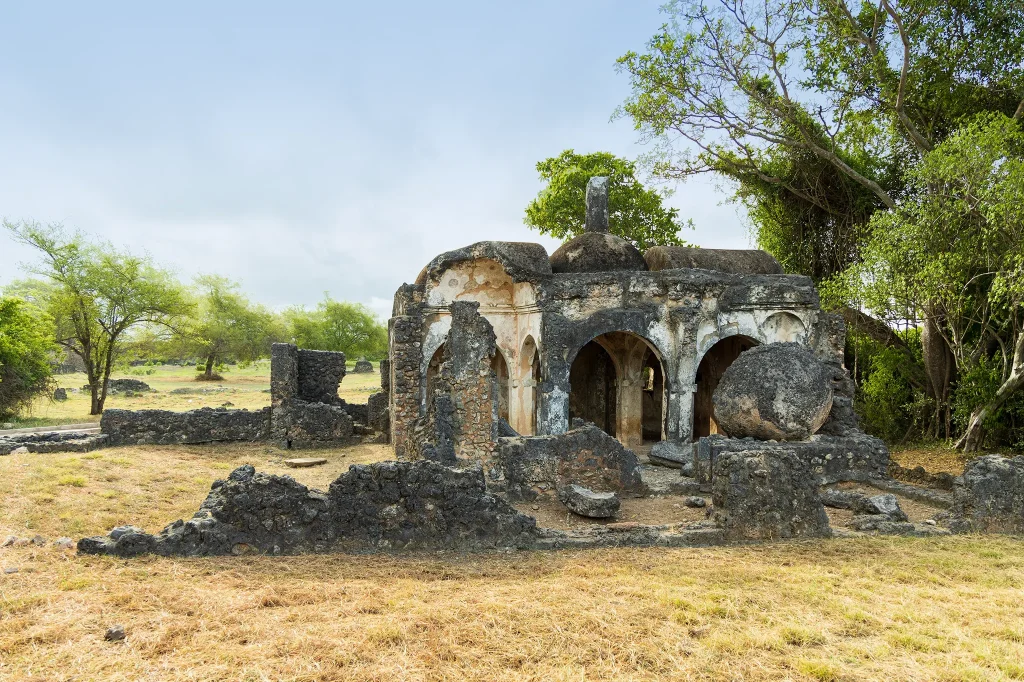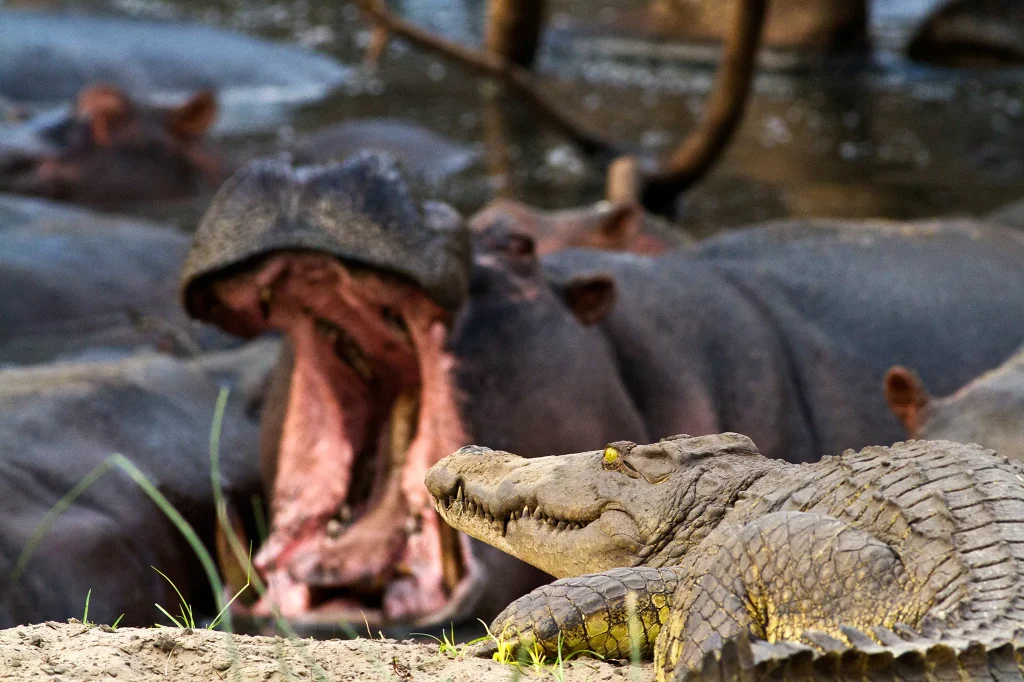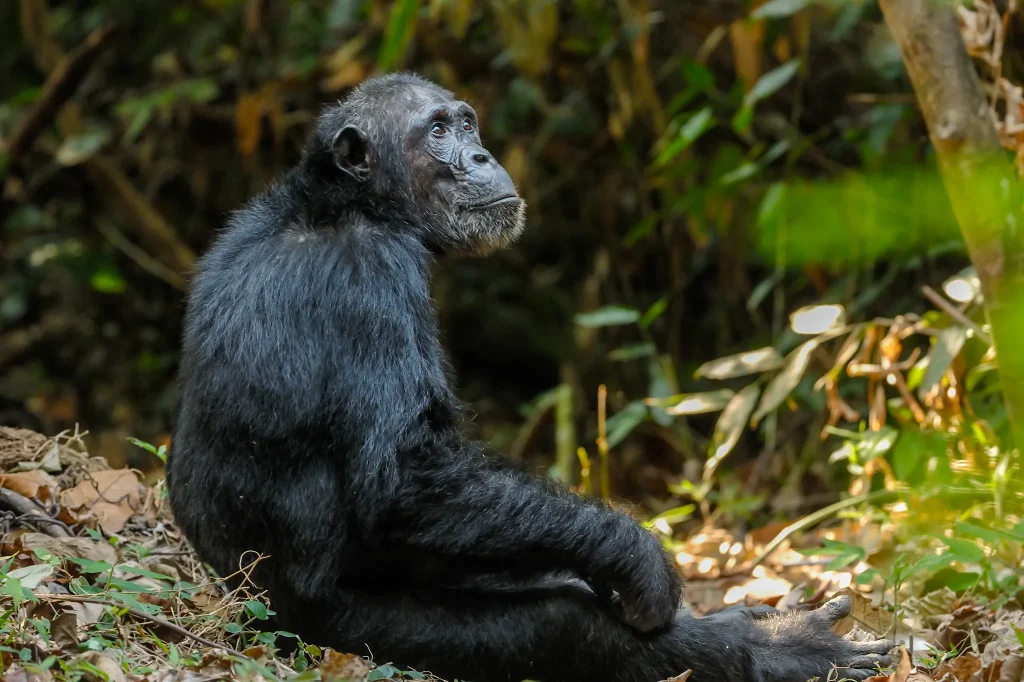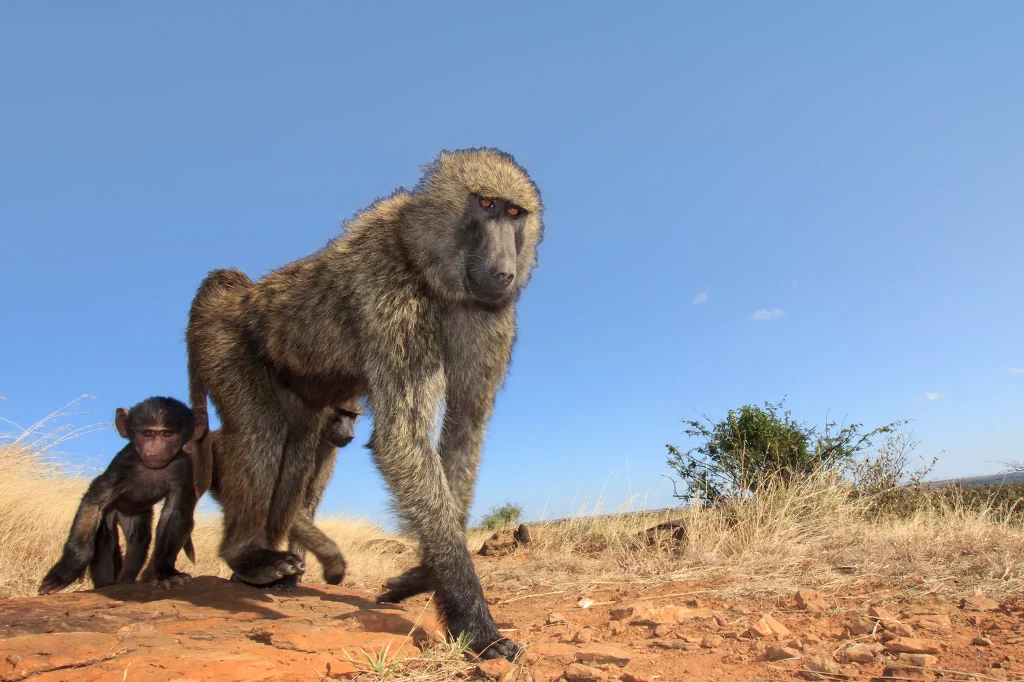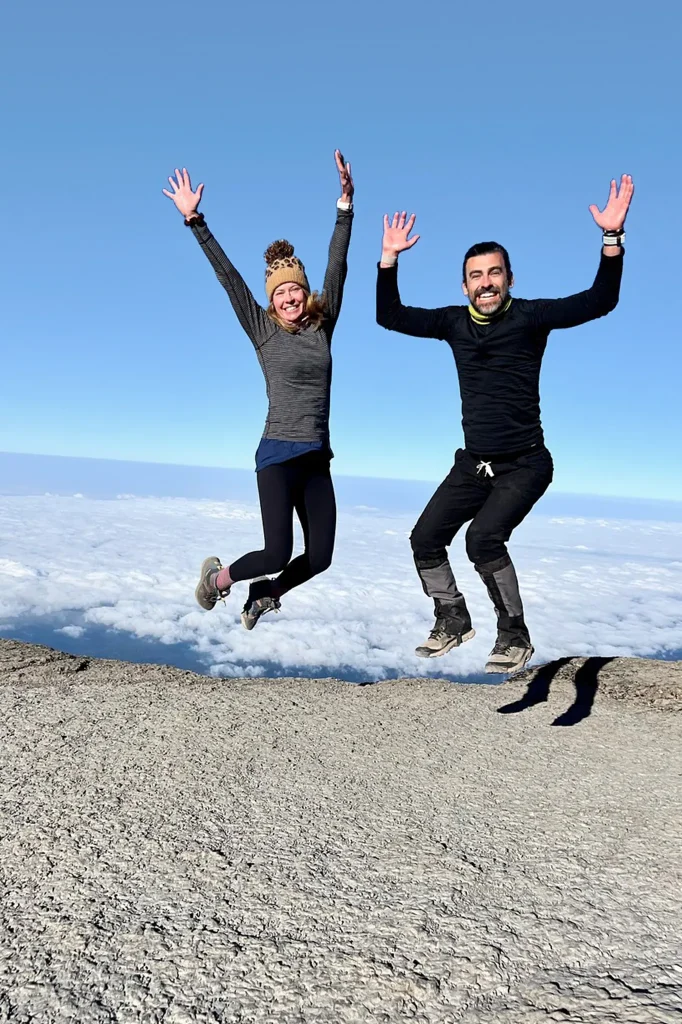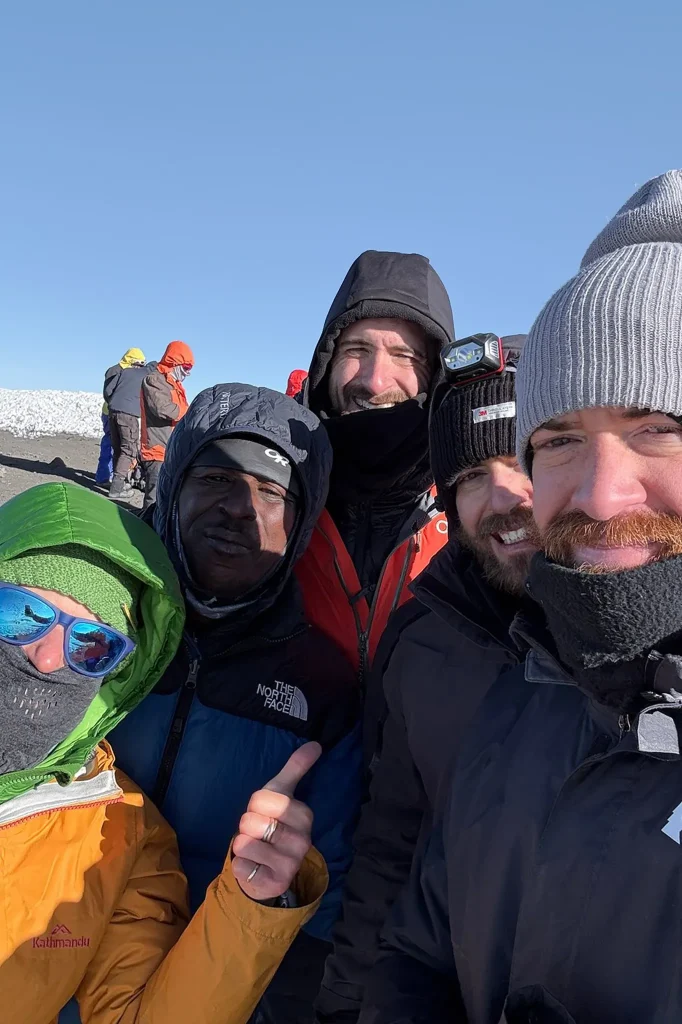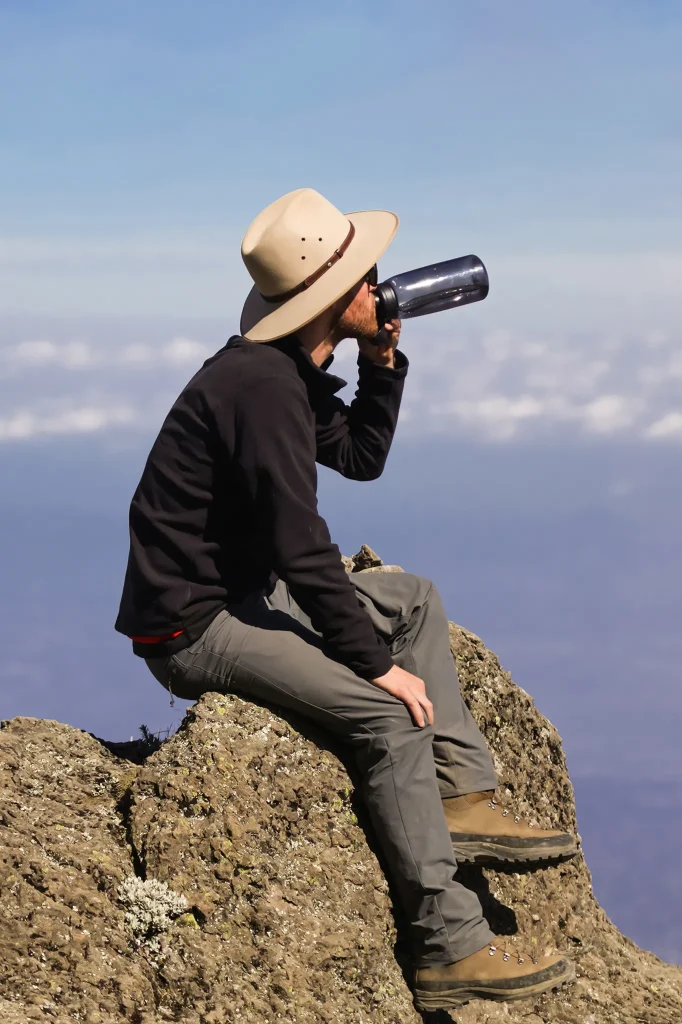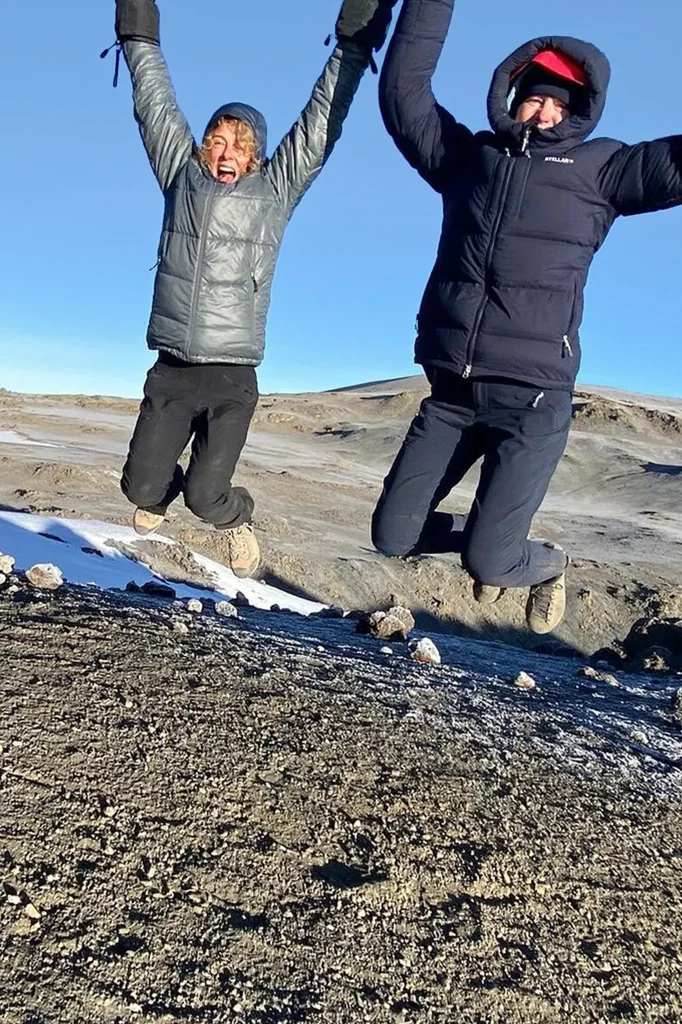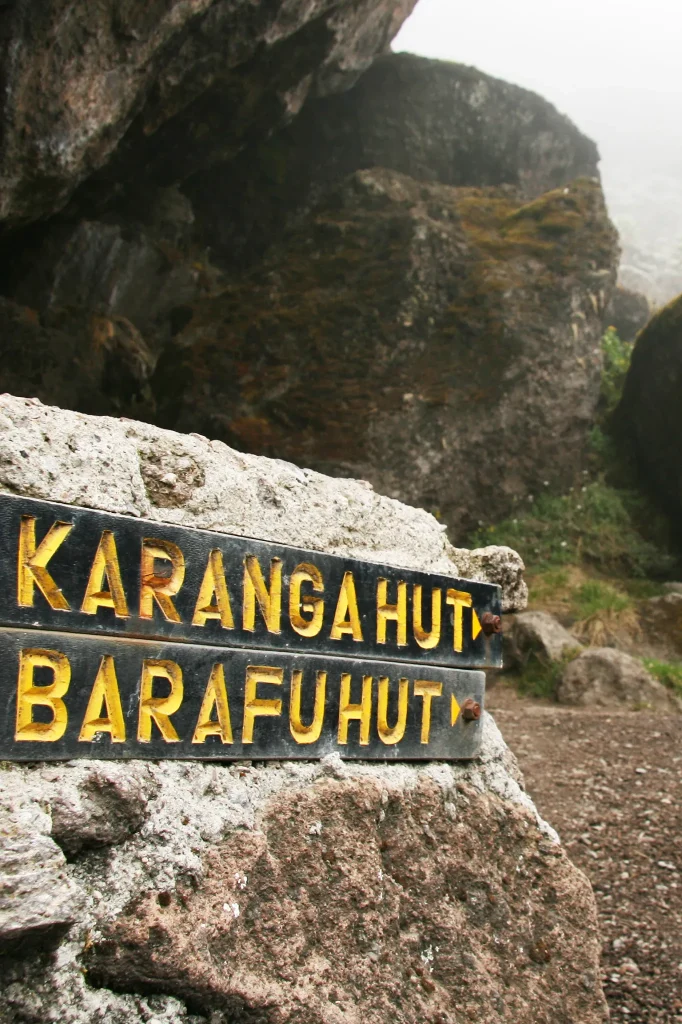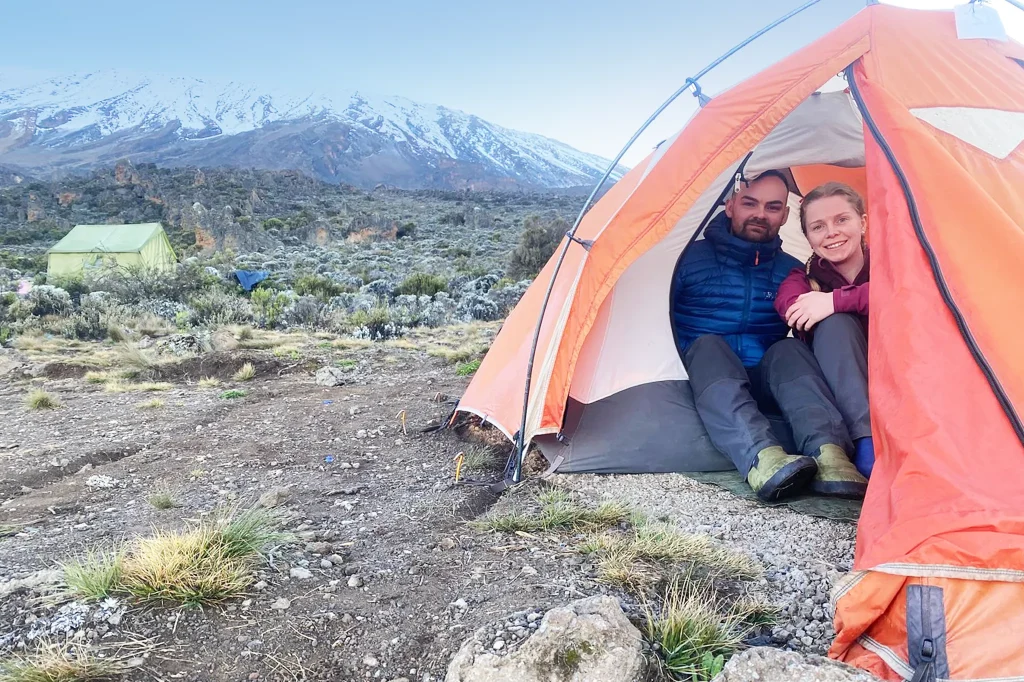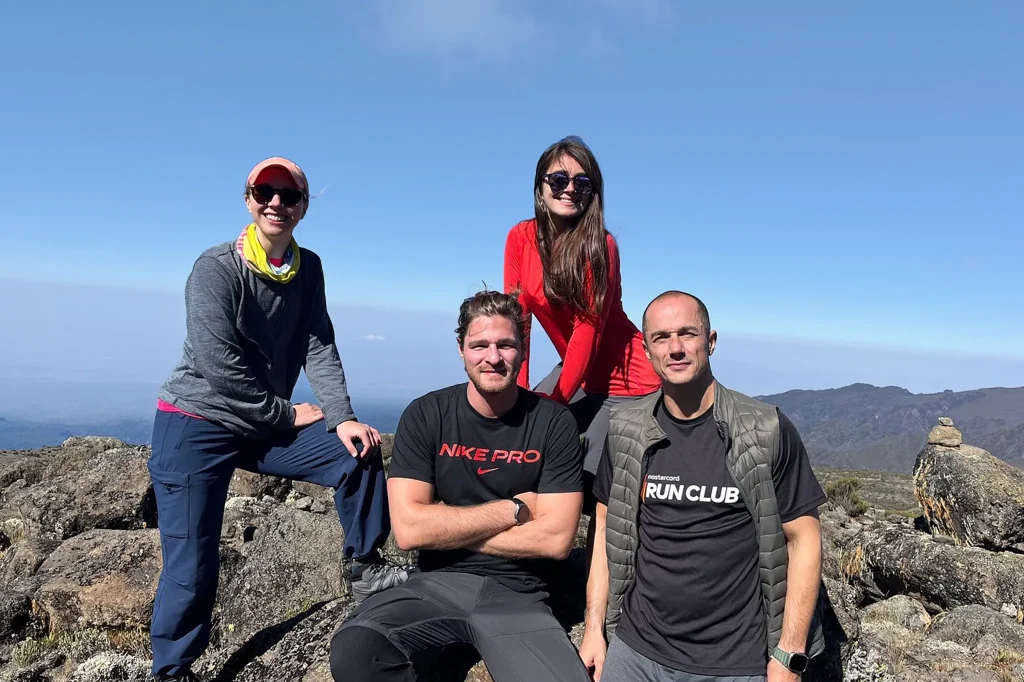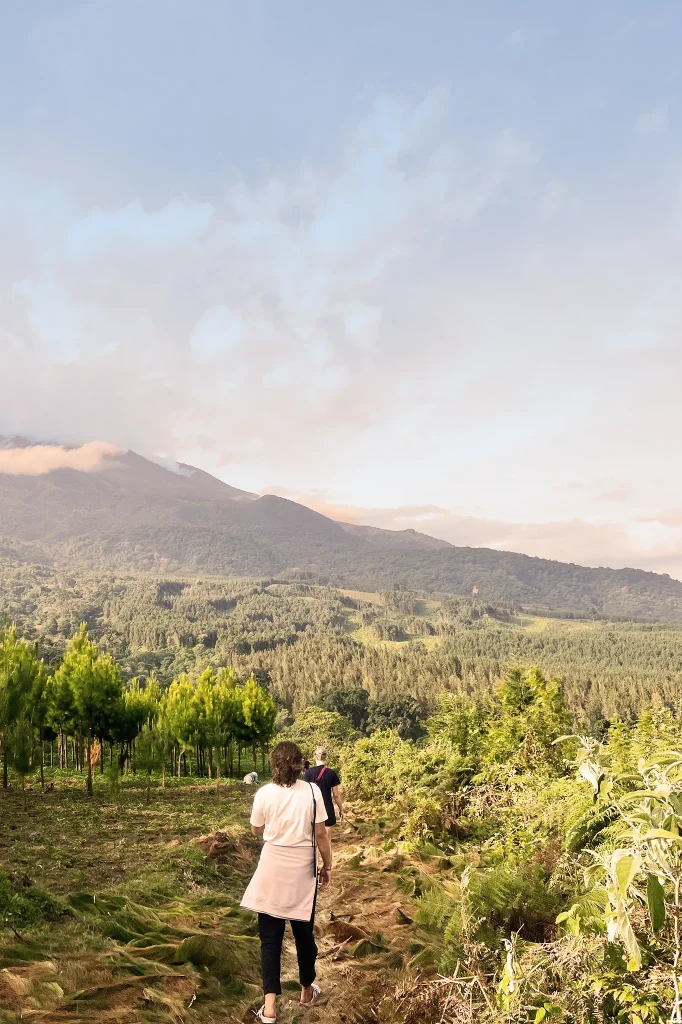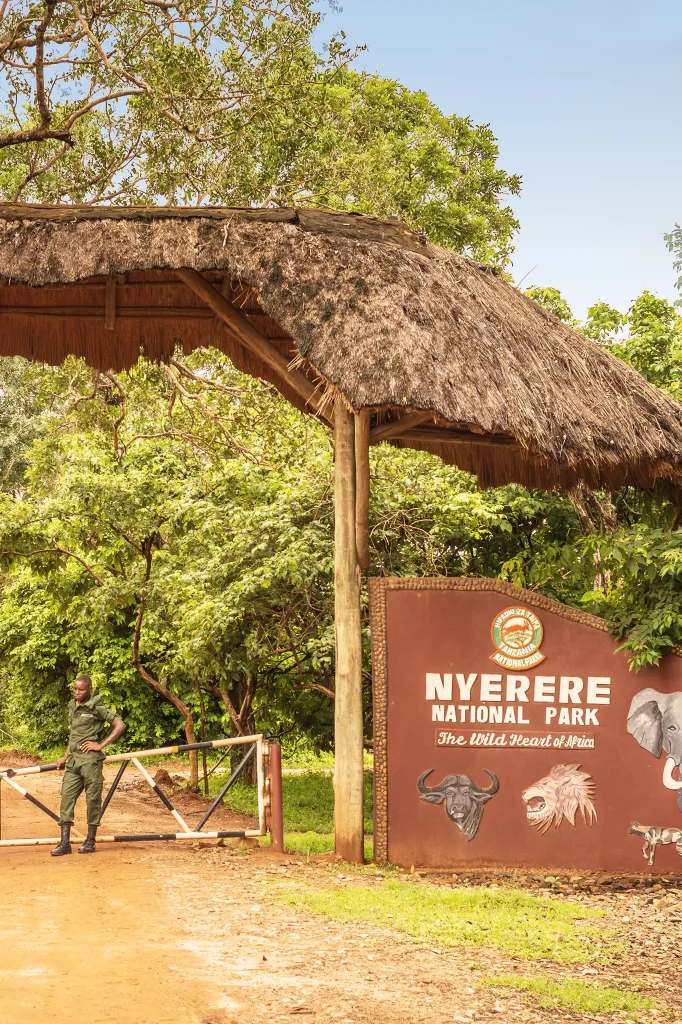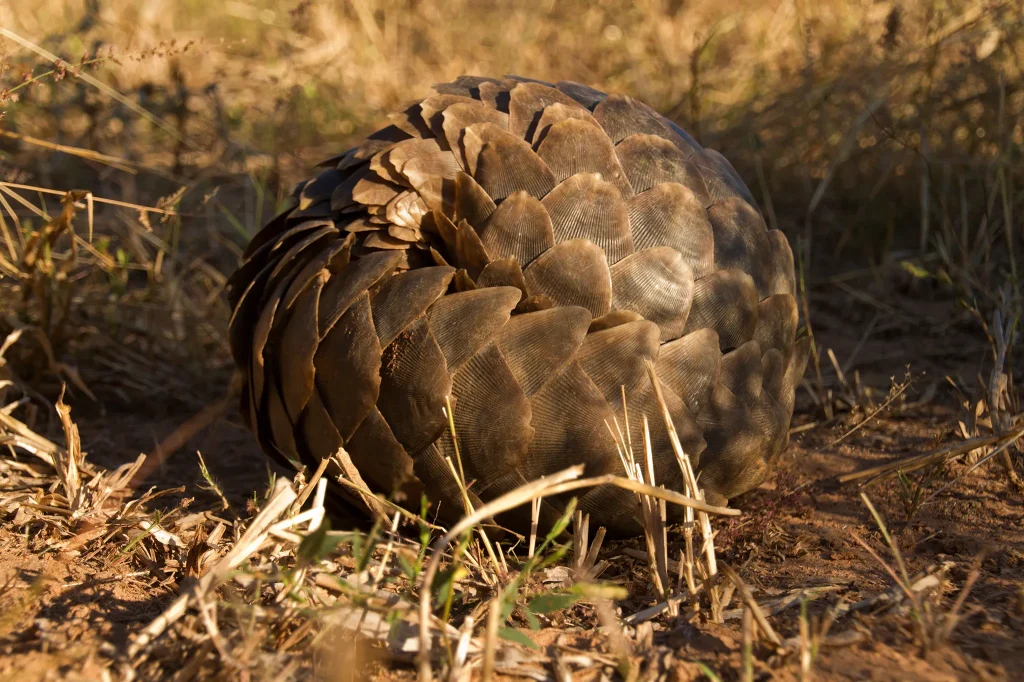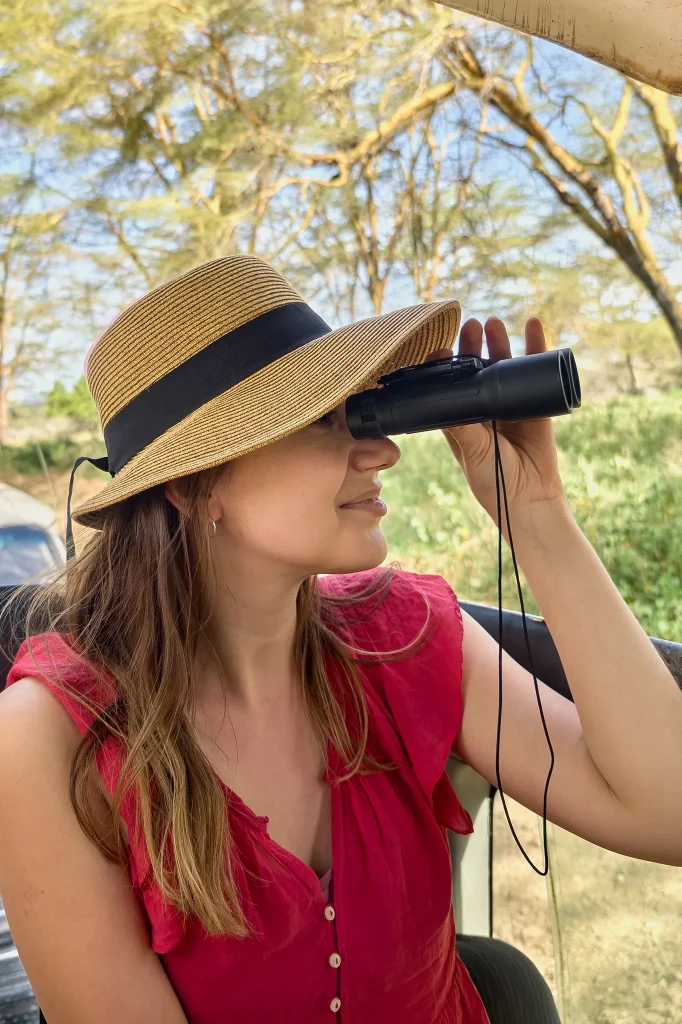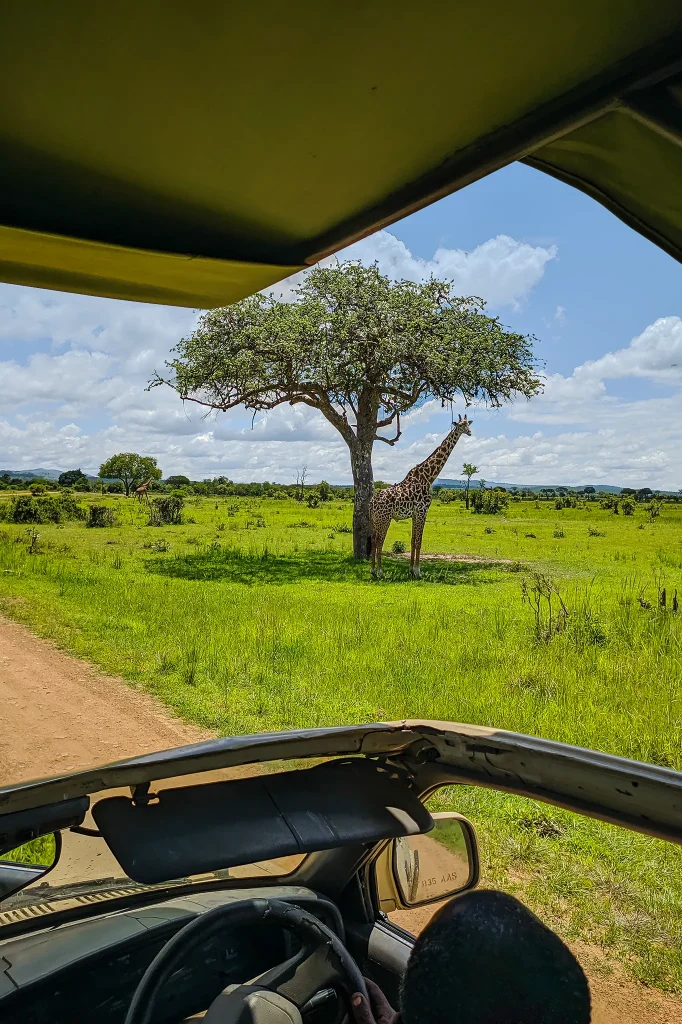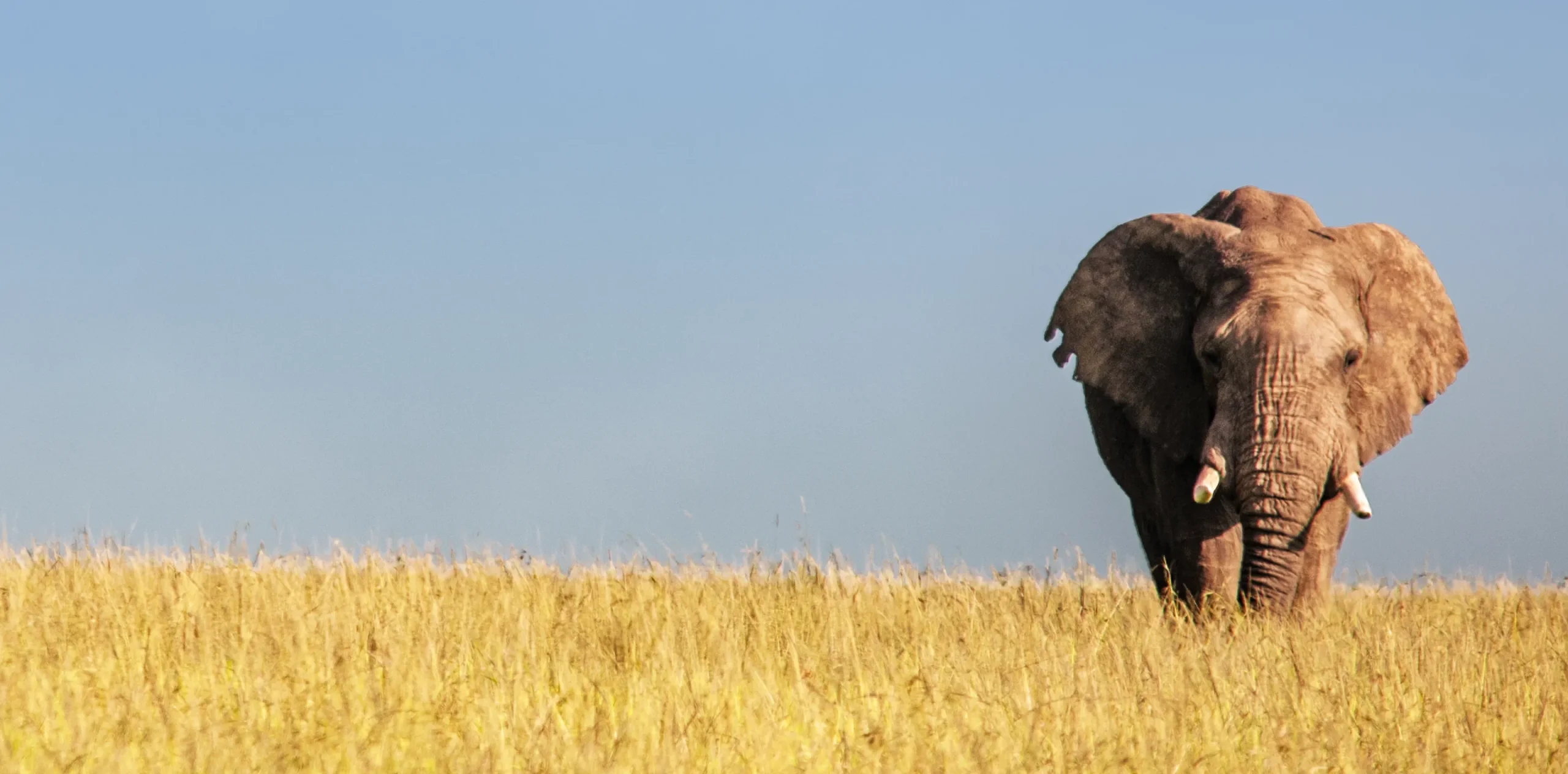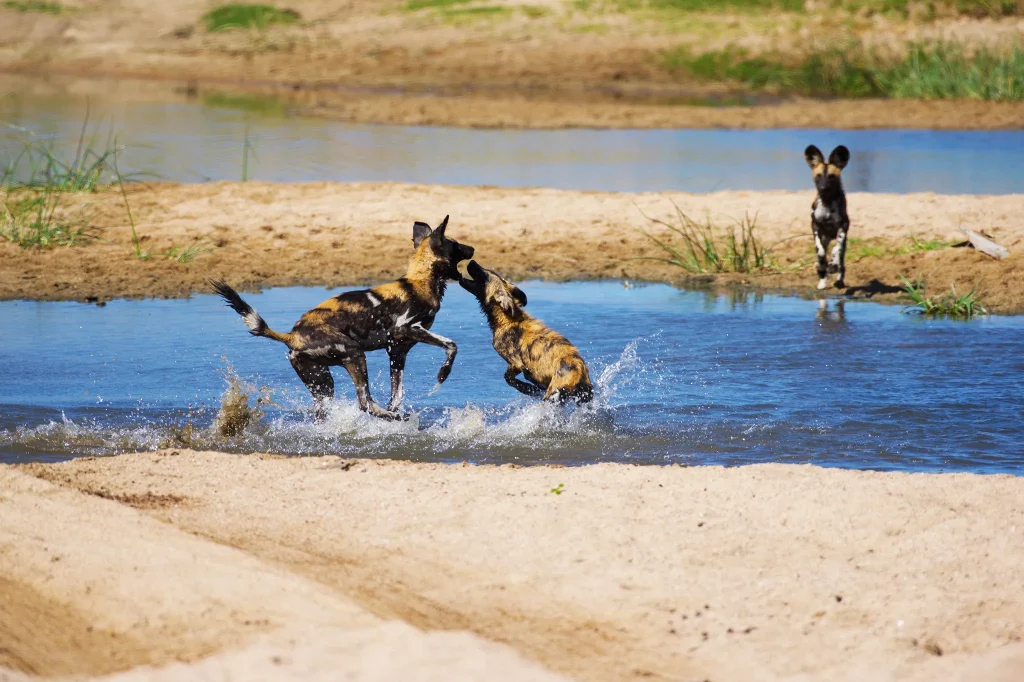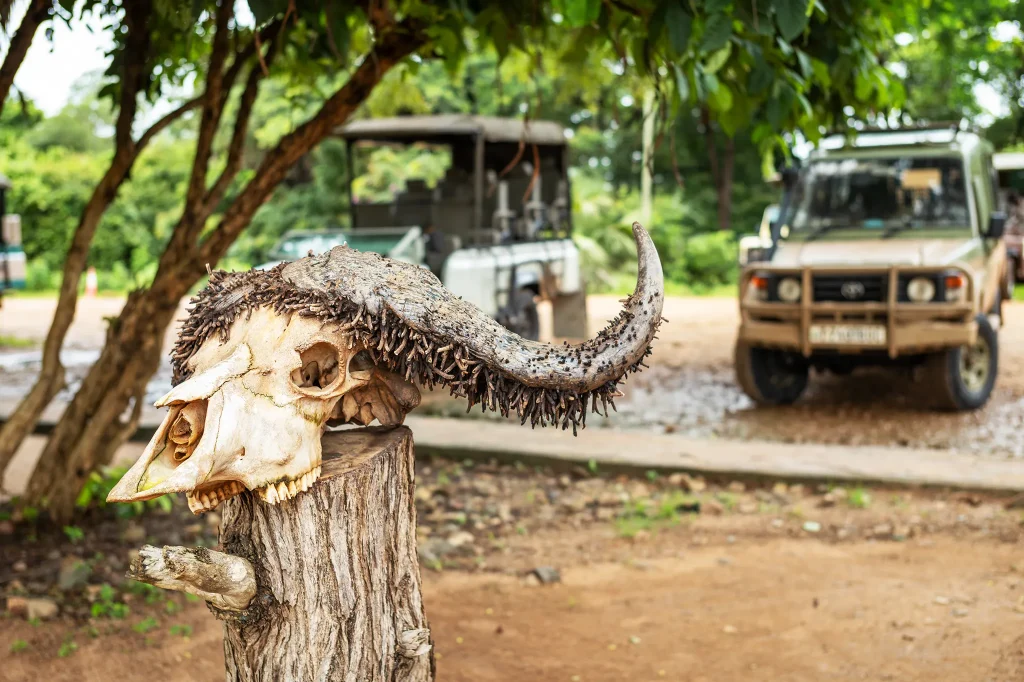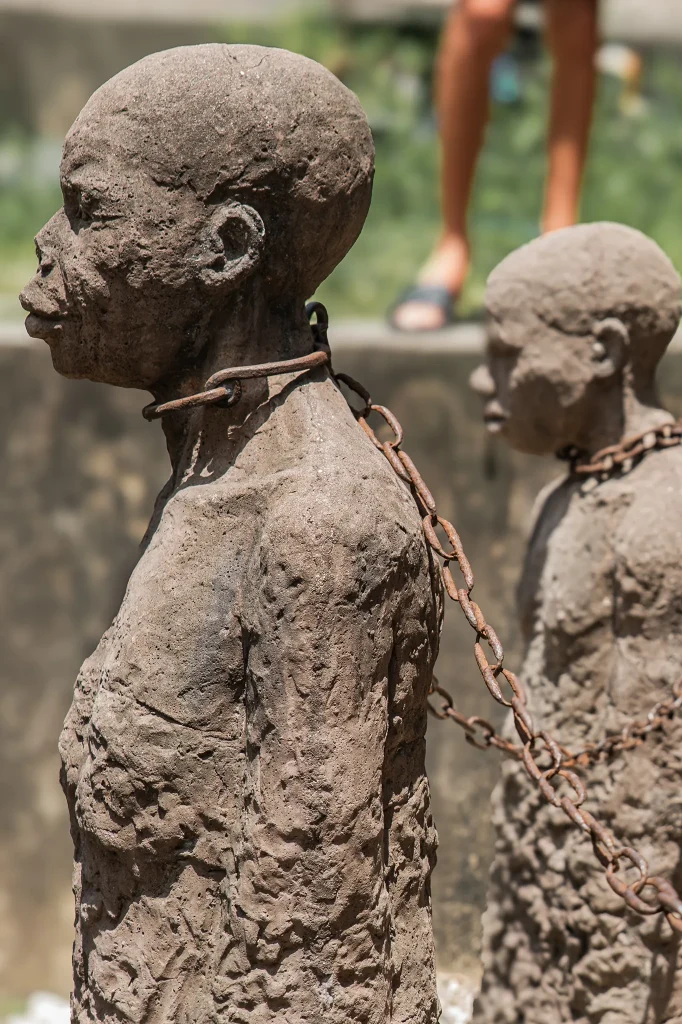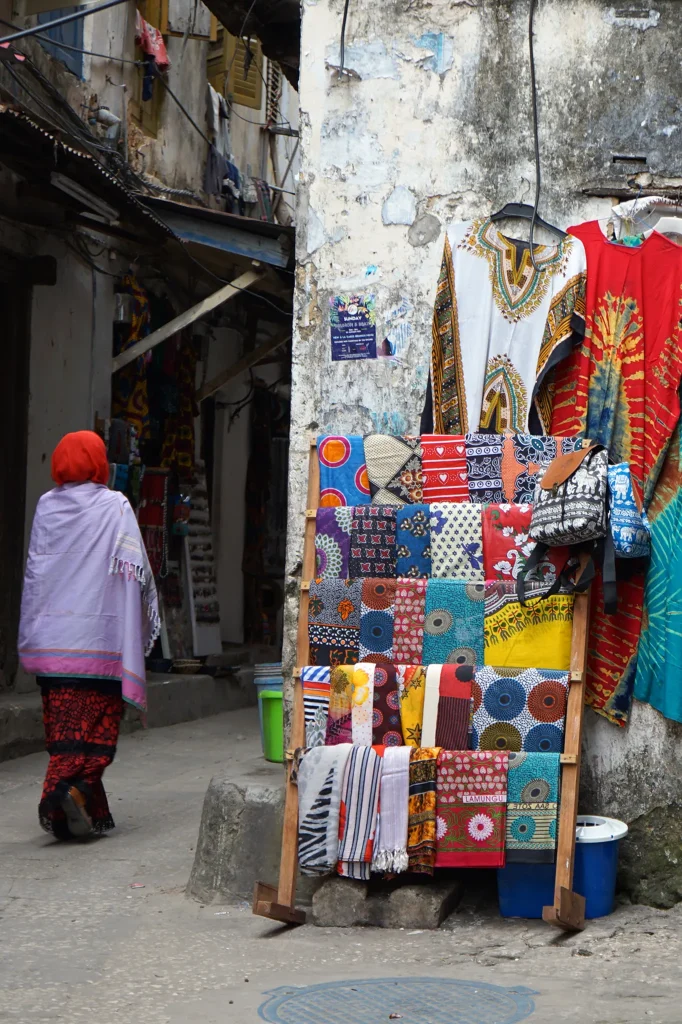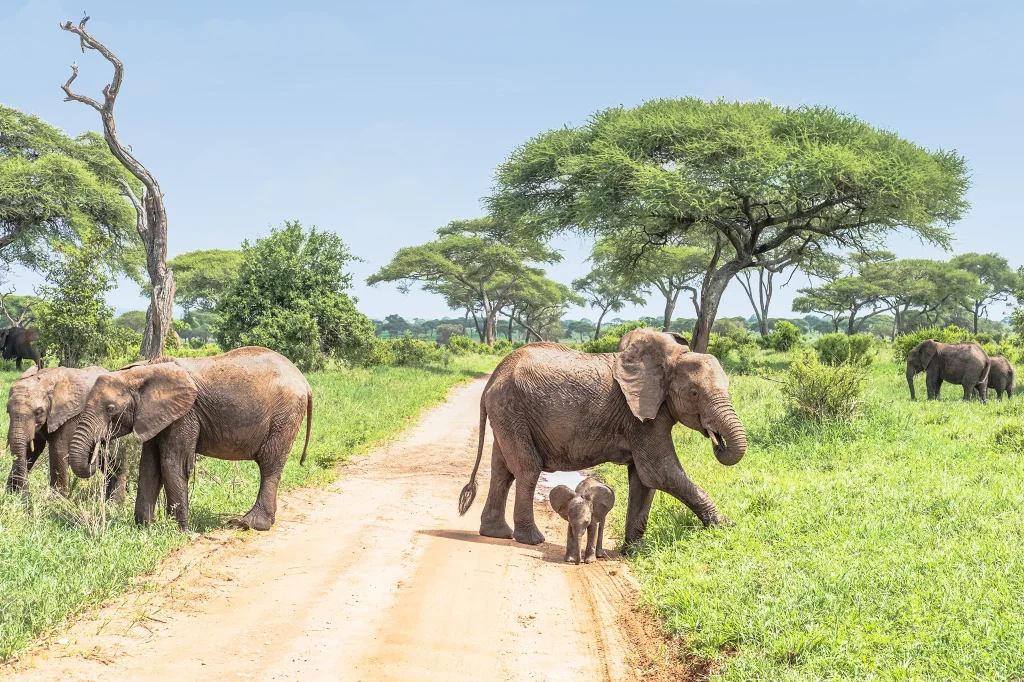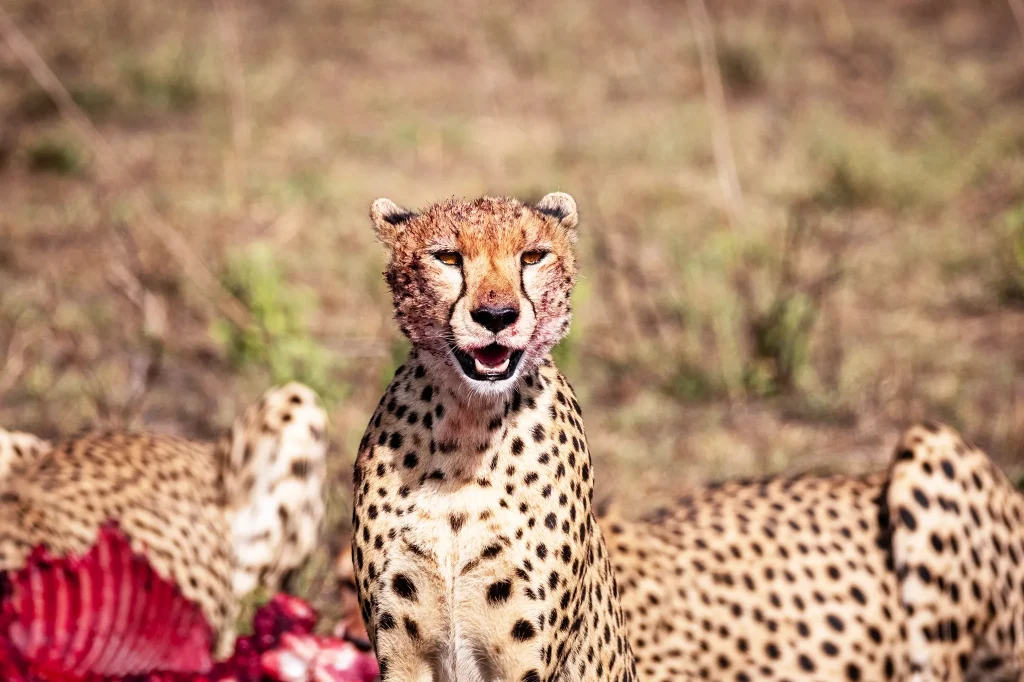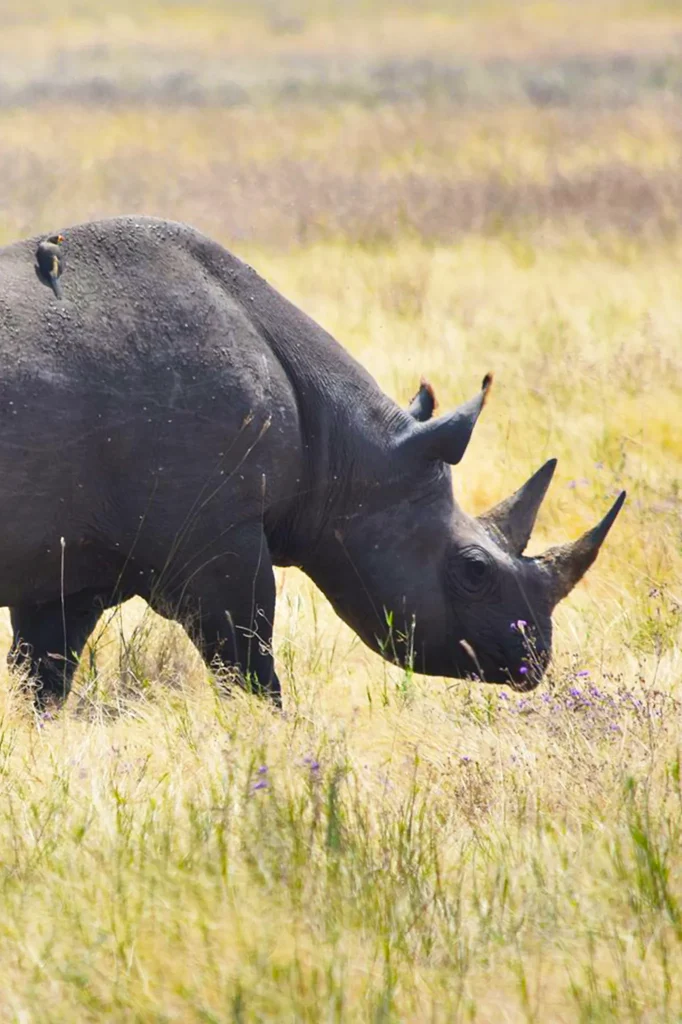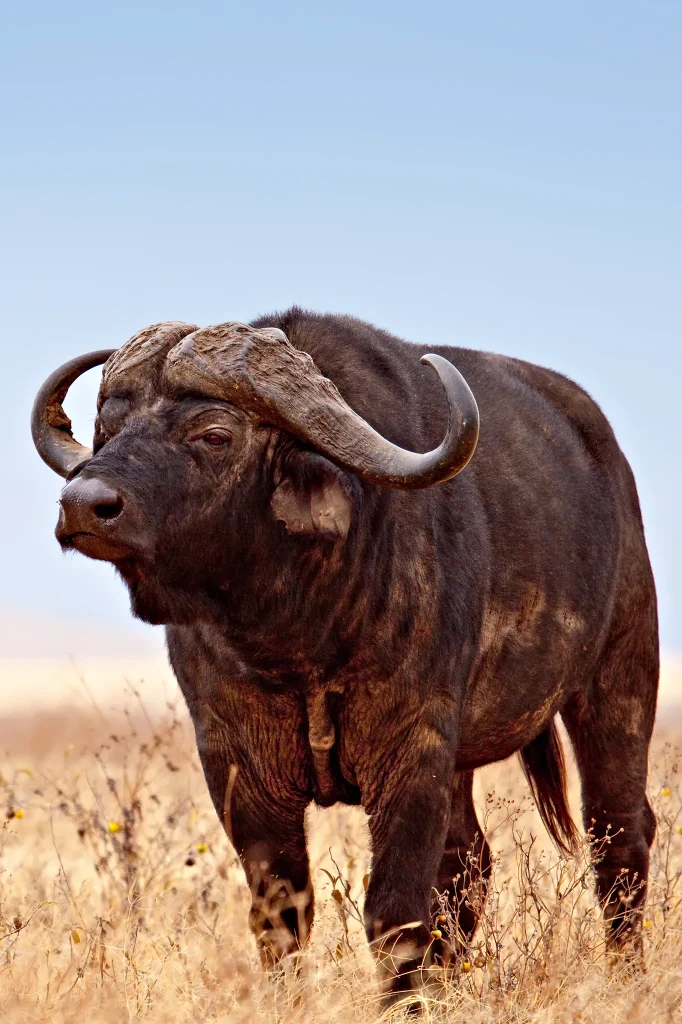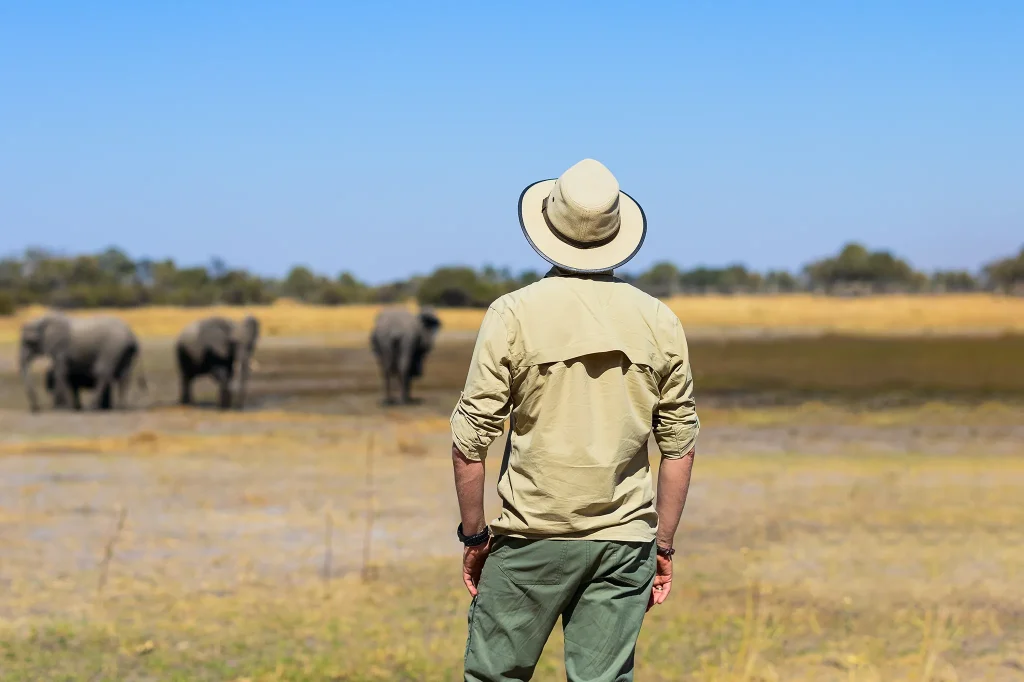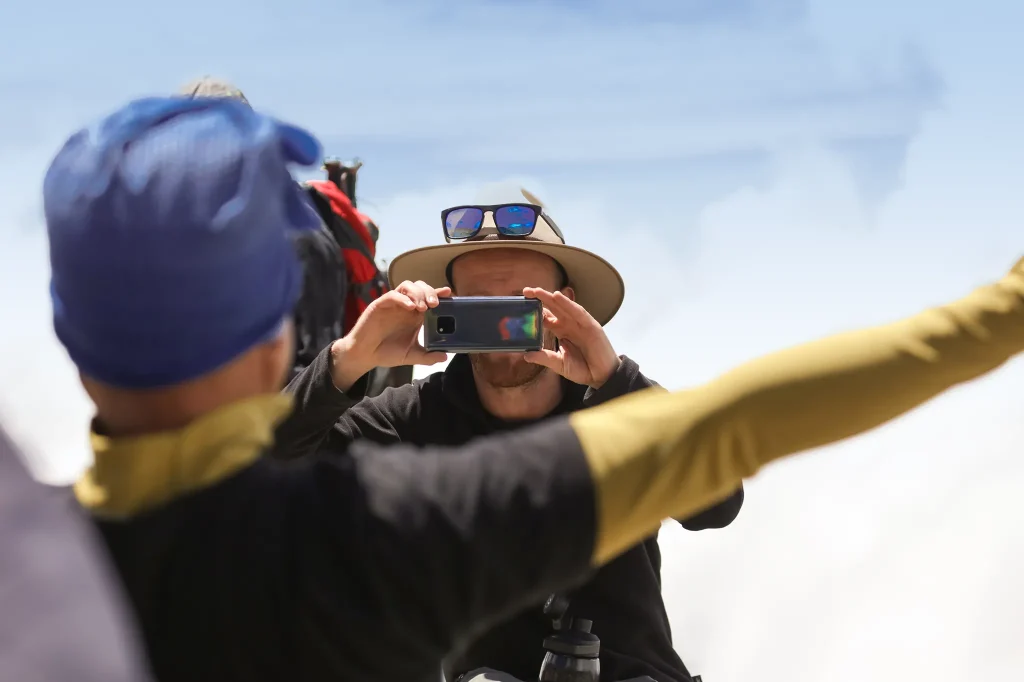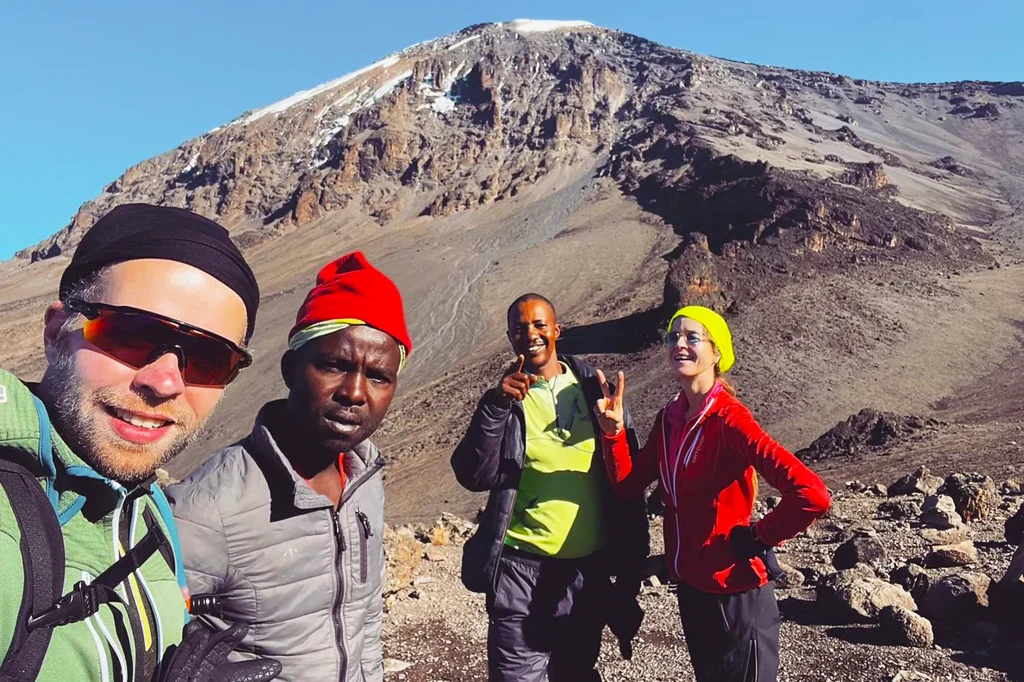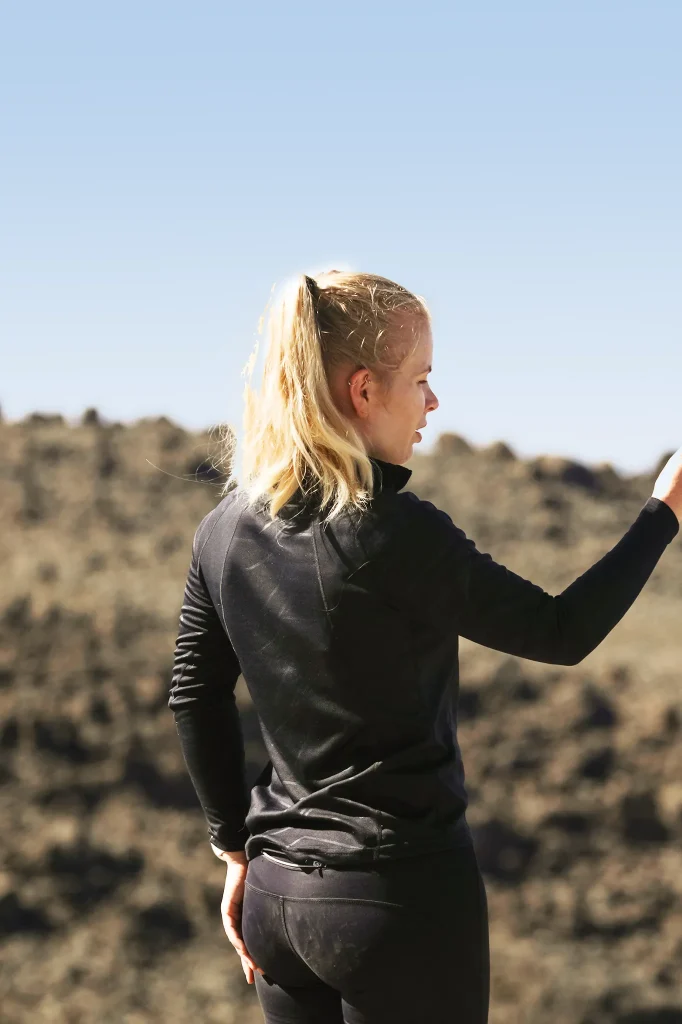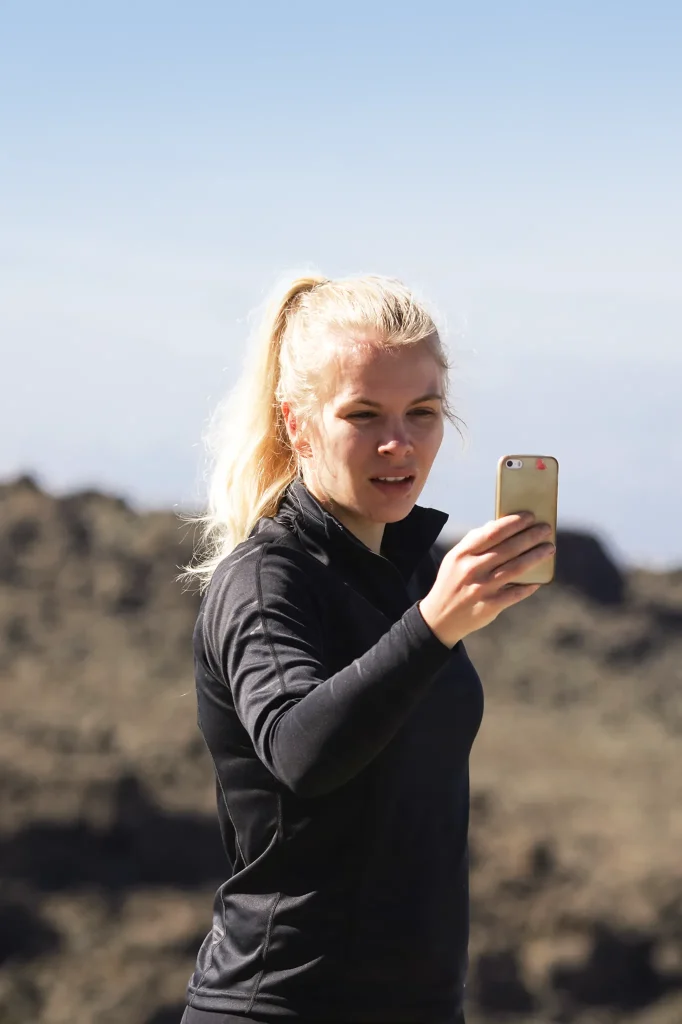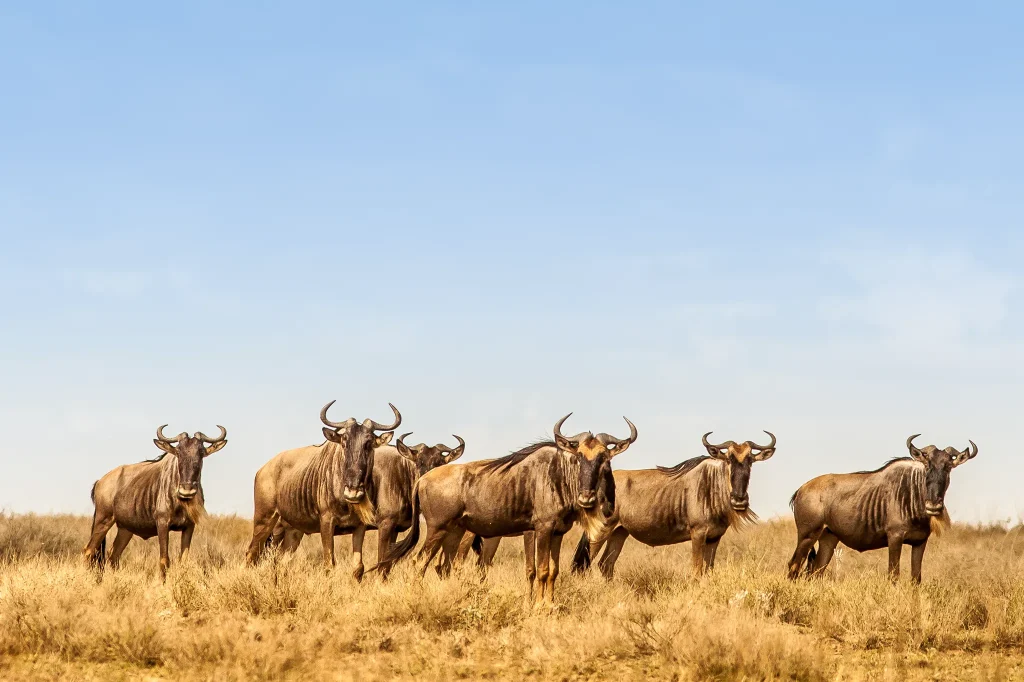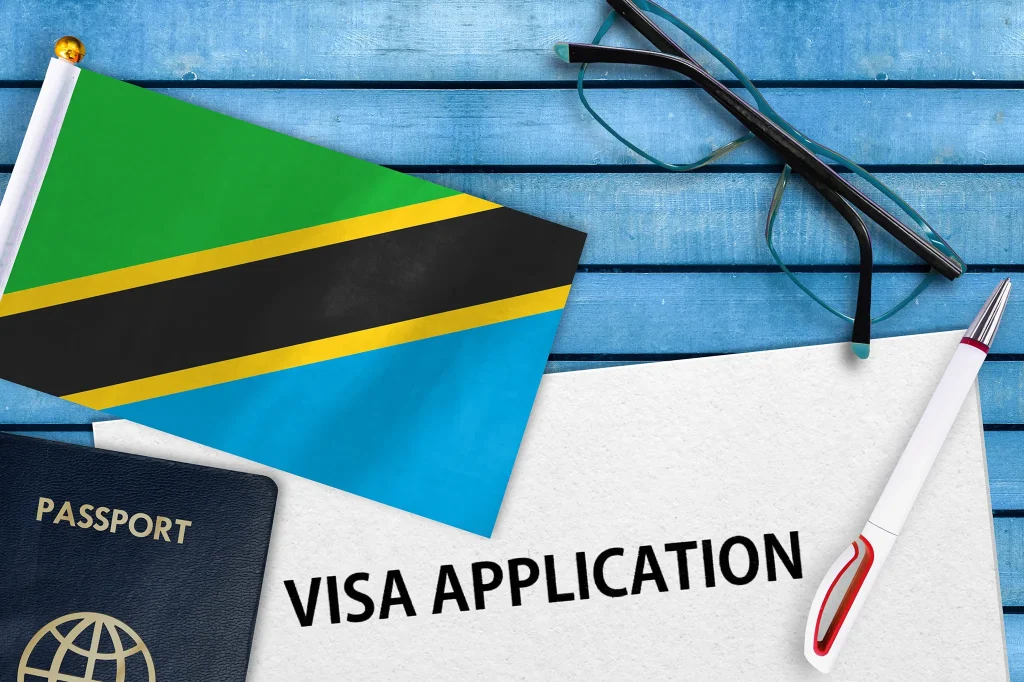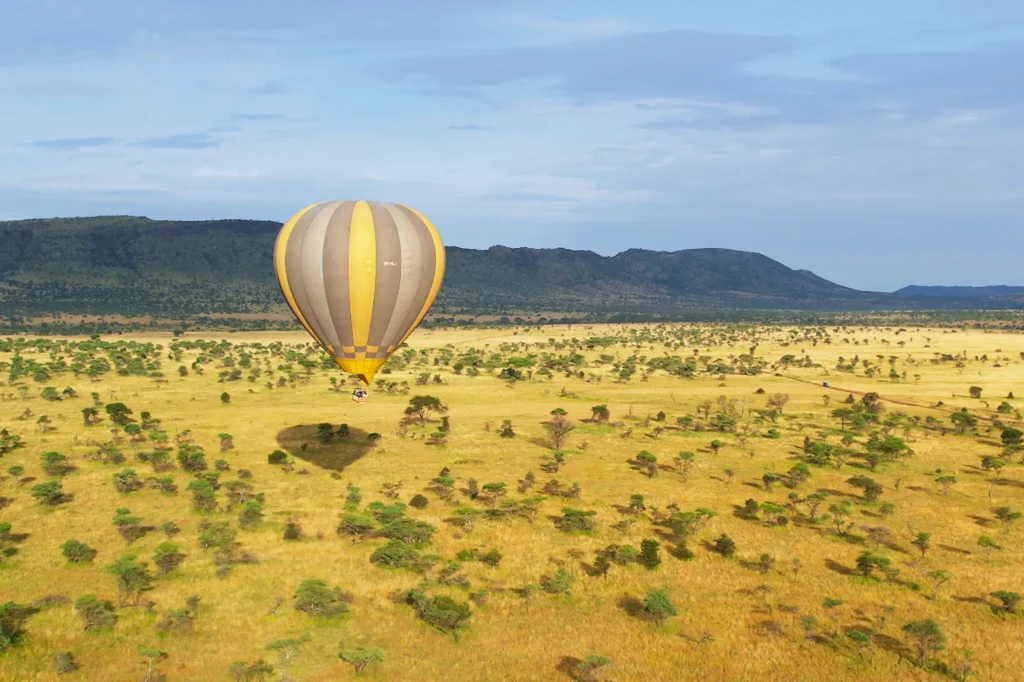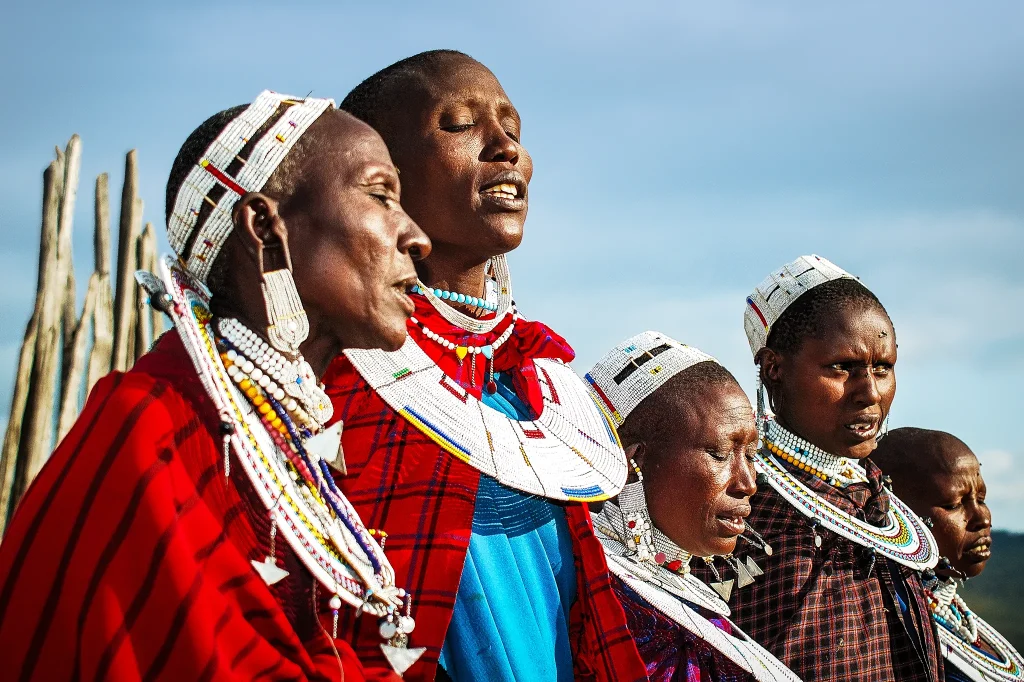A new trend is evolving in the Tanzania Wildlife scene. Recently, rare albino animals have been spotted in the northern safari parks in Tanzania. This trend, far from random, has mesmerised nature enthusiasts worldwide.
Sightings like these are becoming more common on Tanzania Safari Tours, sparking intrigue among travellers and conservationists alike It’s a unique window into the complex workings of nature’s biodiversity.
Let’s uncover this mystery together through our tailor-made Tanzania Safari Packages.
Understanding the Enigmatic World of Albinism in Wildlife
Each Safari Tour in Tanzania comes with the hope of witnessing something remarkable. This expectation has been met with a delightful surprise in recent months and weeks – encounters with albino animals.
From the vast Serengeti plains to the tranquil environs of Arusha National Park, sightings of albino animals include the following list:
- Giraffe
- Zebras
- Wildebeest in the Serengeti
- Even buffalo and baboons in various parts.
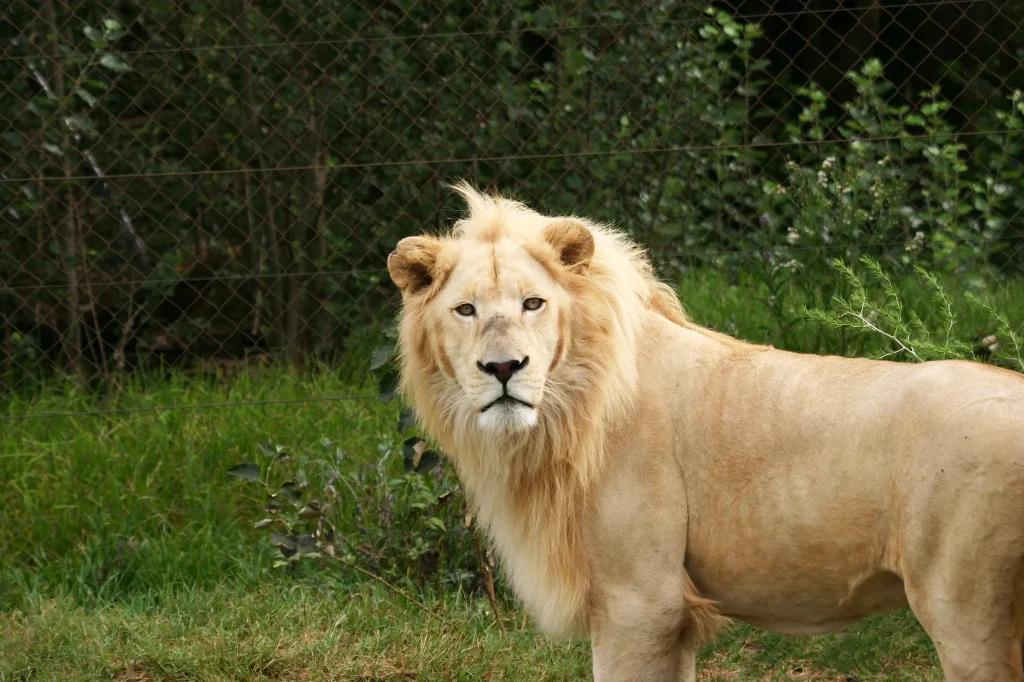
“Picture a white giraffe walking through Tanzania’s grasslands or a pale buffalo eating with its herd. This magical sight is a distinctive experience of Tanzanian safaris.”
What is this Albinism in wild animals?
Albinism is a genetic condition that affects some animals in the wild, including those you might encounter on a Safari in Tanzania. This condition causes animals to lack pigmentation in their skin, hair, feathers, scales, and even eyes, leading to a white appearance and often pink or red eyes.
These unique features are the result of tiny blood vessels being visible through a transparent iris, typically concealed by colour in non-albino animals.
Here are some key points about albinism in wildlife:
- Albinism is rare, with estimates ranging from 1 in 20,000 to 1 in 1 million births in wildlife. This makes seeing an albino animal during your Tanzania Wildlife Safari a truly special experience.
- Albinos are more susceptible to predators due to their stark white appearance, which can also hinder albino predators from stalking prey.
- Albinos often have vision issues, including blindness.
- Partial albinism, or ‘piebald’, is more common than true albinism. Piebald animals, such as deer, have blotchy white fur but lack the pink eyes of albinos.
This genetic anomaly, although rare, adds a unique aspect to the diversity of Tanzania Wildlife Tours.
The Diversity of Albino Wildlife in Tanzania
What kind of albino sightings can you expect to see on your Safaris in Tanzania? Though the answer varies as these occurrences are rare, a few notable sightings that have been recently reported by our guests include:
- The striking sight of an albino giraffe in the Serengeti
- An albino wildebeest calf in Ndutu
- Sightings of an all-white buffalo at Tarangire National Park
- An albino zebra crossing the Mara River in the Serengeti
- A mother albino baboon with her normal-coloured baby in Arusha National Park
Each interaction is an extraordinary part of the Best Safari in Tanzania, showcasing the biodiversity that these safaris aim to protect.
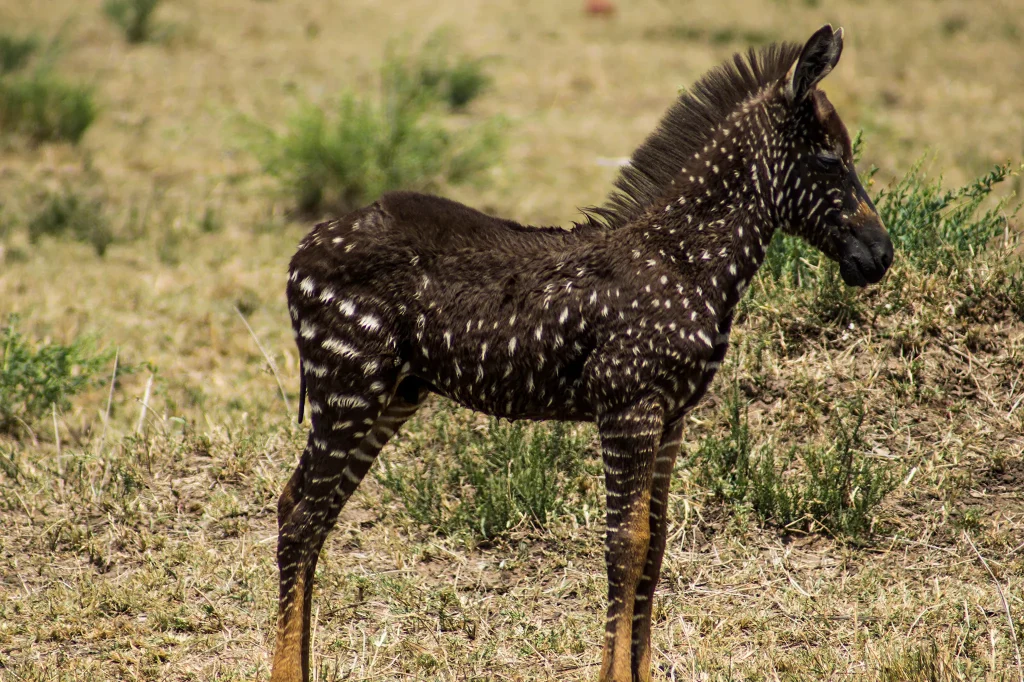
Do You Know?
There is a reason for an increase in albino animal sightings that is visible on Tanzania Wildlife Safari Tours. This is because villages have grown, blocking animal migration routes between various parks in Tanzania and Kenya. This blockage causes animals to stay and breed within one area, leading to an increase in the genetic trait of albinism. This unique phenomenon on a Tanzania Safari underscores how human activity affects wildlife migration and habitats.
Tanzania’s wild isn’t just black and white—it’s white on wild! Spot nature’s rarest surprise, where ghostly giraffes and pale zebras turn every safari into a once-in-a-lifetime sighting.
Conservation Challenges & Strategies to Protect Albino Animals
Unfortunately, albino animals face a range of threats. Their unique colouration can make them more visible to predators and poachers. Superstitions and myths about albinos can also lead to harm.
During our Safari Tanzania excursions, we often address these challenges and explore what’s being done to help. Efforts to dispel harmful myths surrounding albino animals and cultivate understanding and respect for them are crucial.
Through education and community engagement, we aim to ensure the continued survival and well-being of Tanzania Wildlife.
Celebrating the Beauty and Uniqueness of Albino Wildlife
Spotting an albino animal is indeed special, and each Safari Tour in Tanzania is a chance to celebrate this uniqueness. Even though these rare creatures represent less than one per cent of wildlife, their presence adds an extraordinary layer of diversity and intrigue to our Tanzania Safari Tours.
When you select a Tanzania Safari Tour Package from African Scenic Safaris, you not only become a part of an enriching journey but also contribute to the valuable cause of preserving these exceptional albino beings. Your African adventure, therefore, will carry both thrill and purpose.


